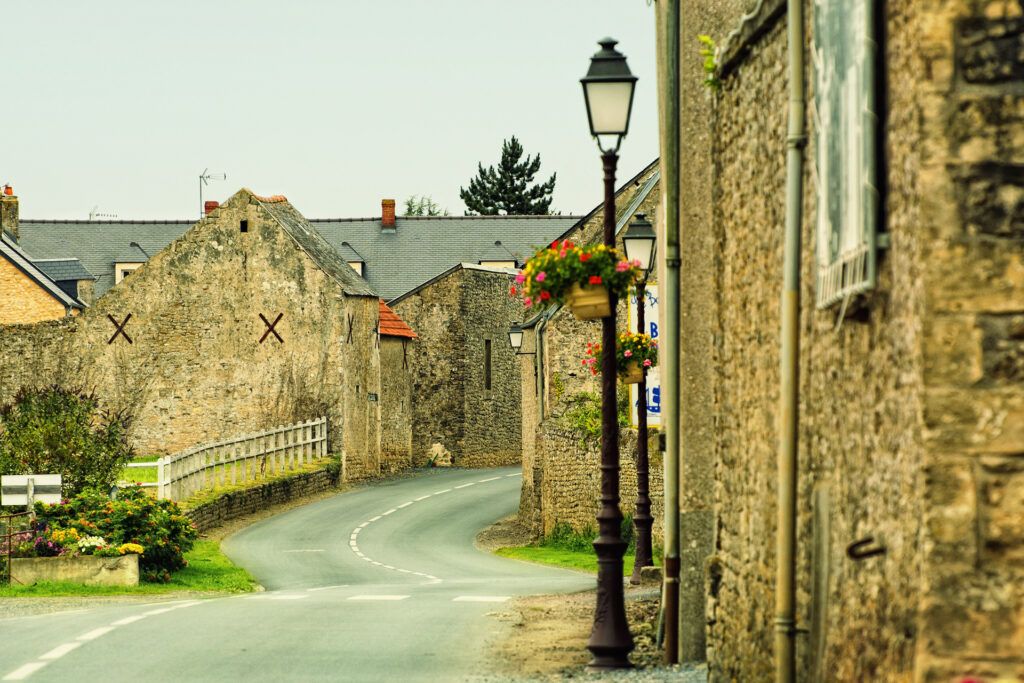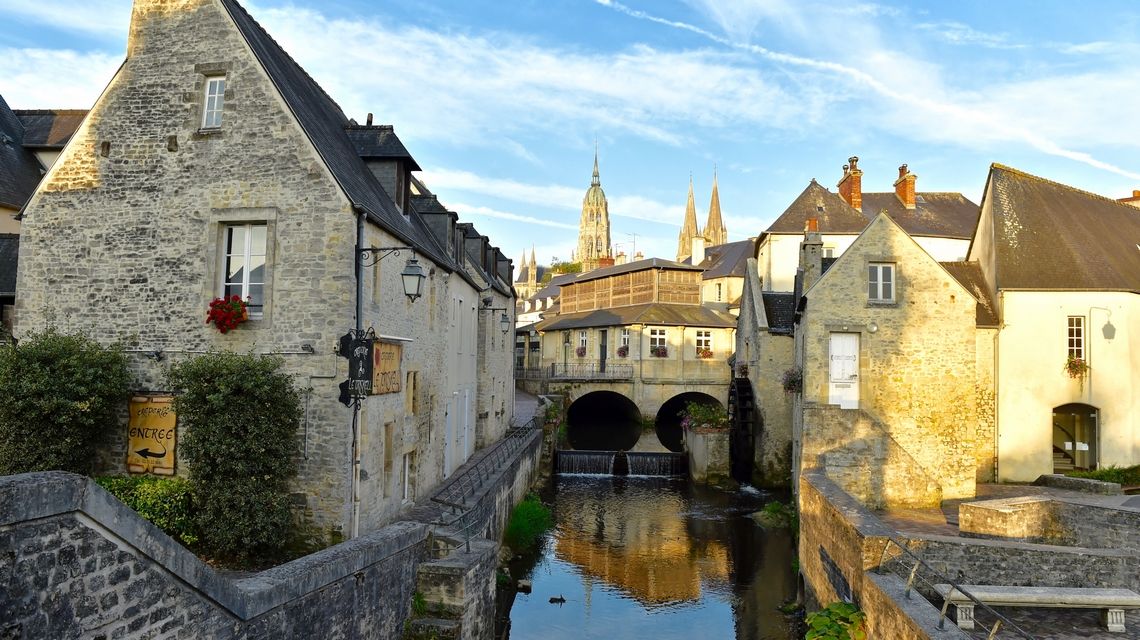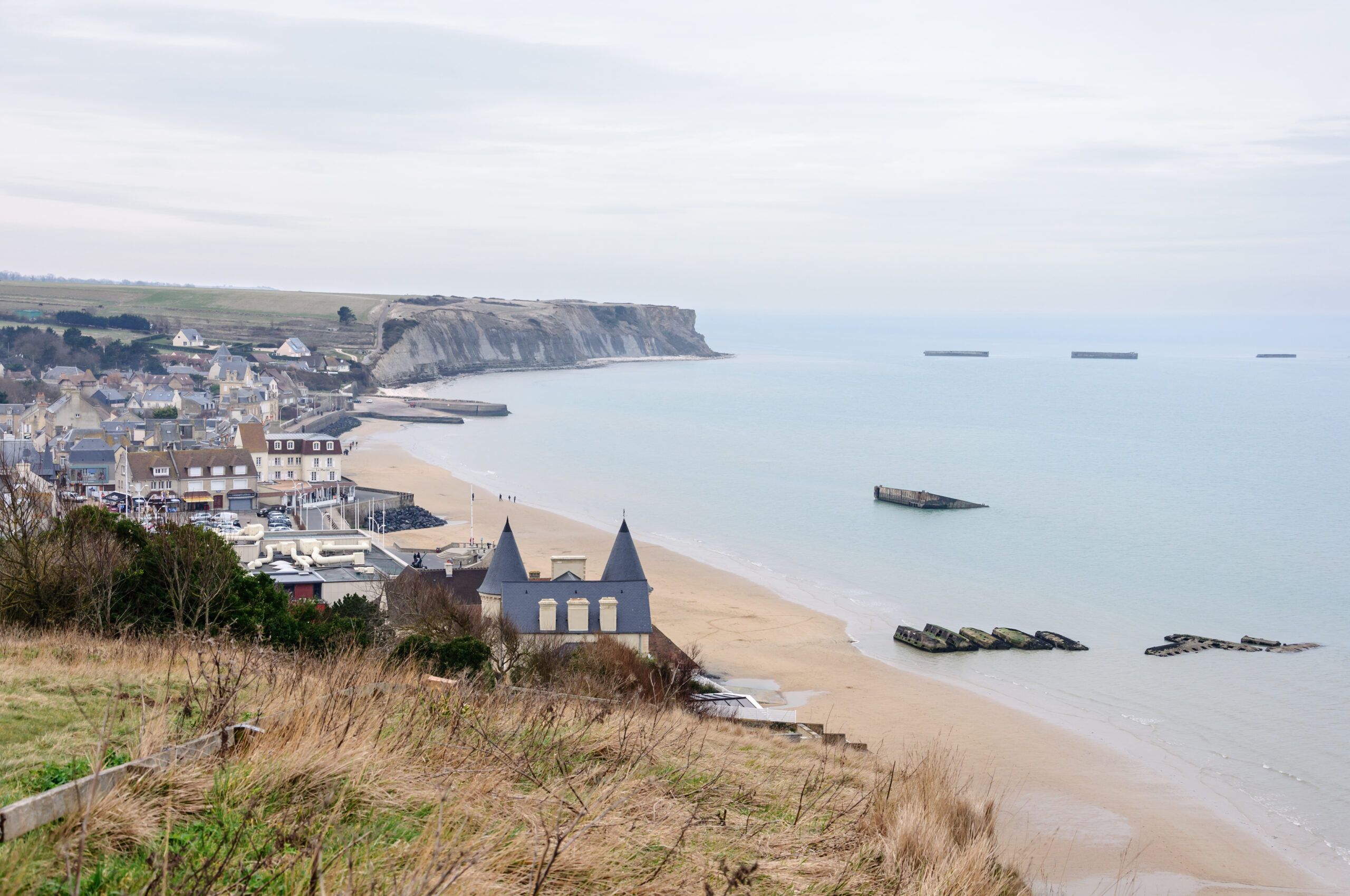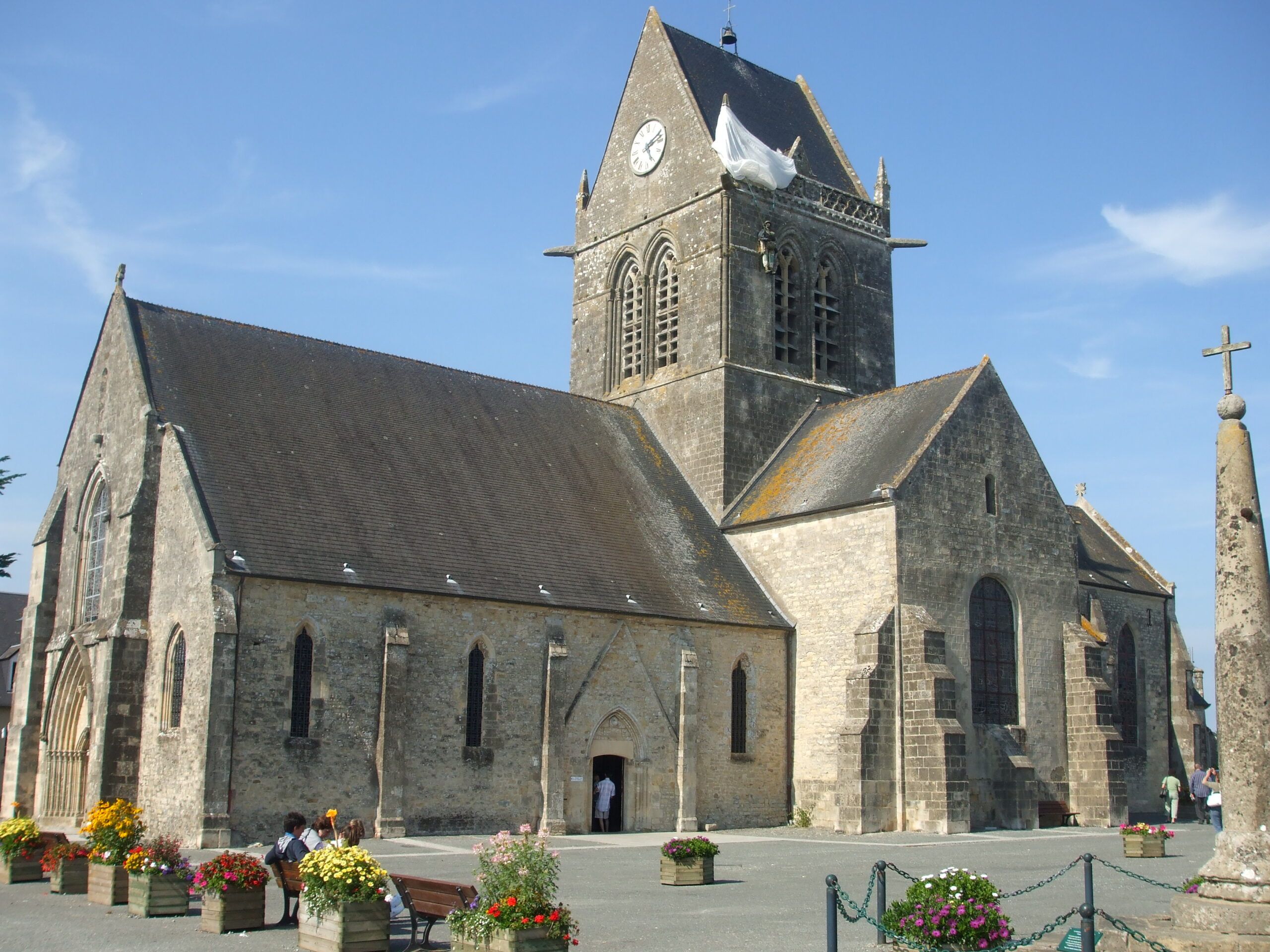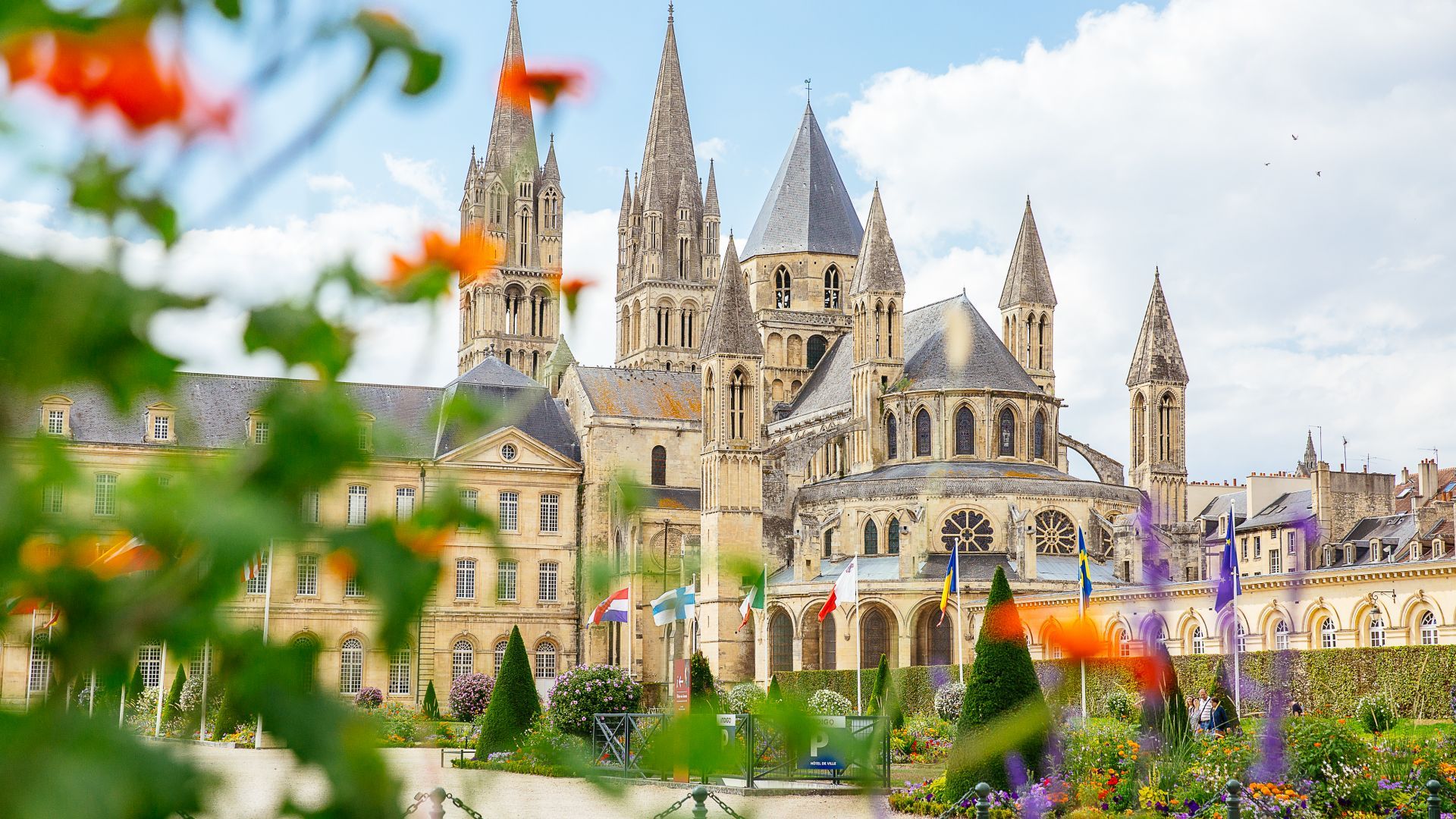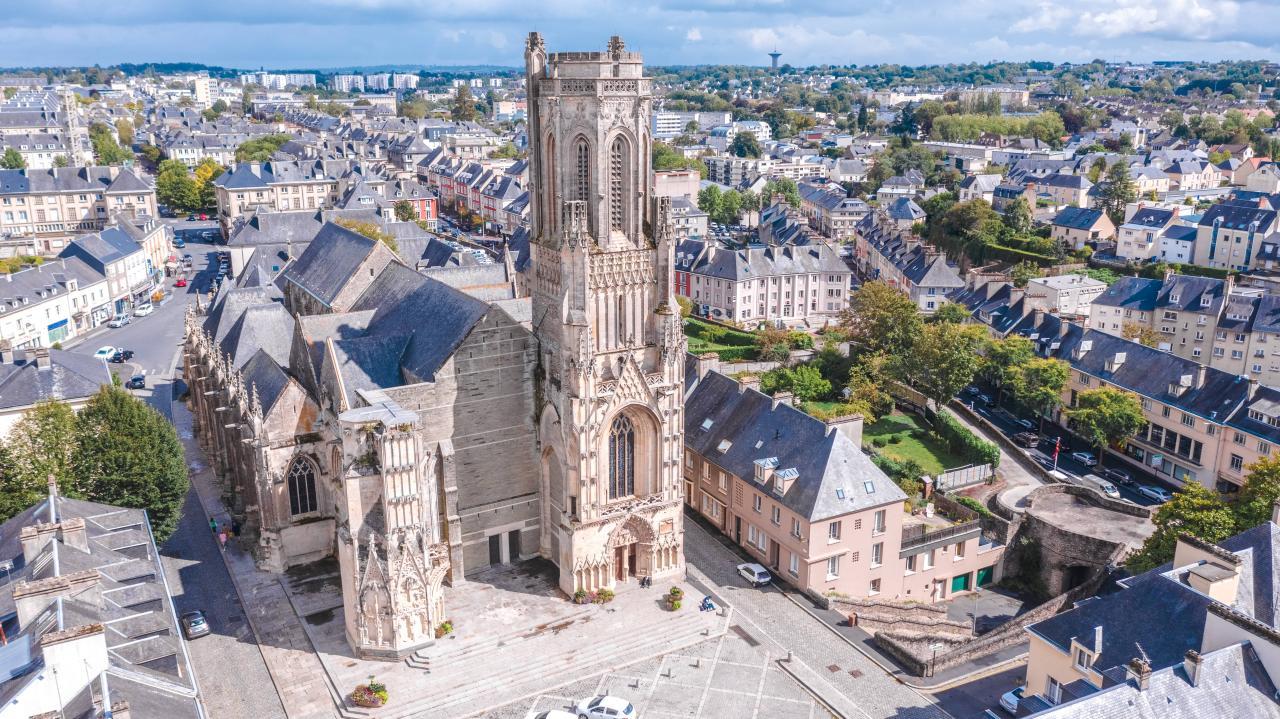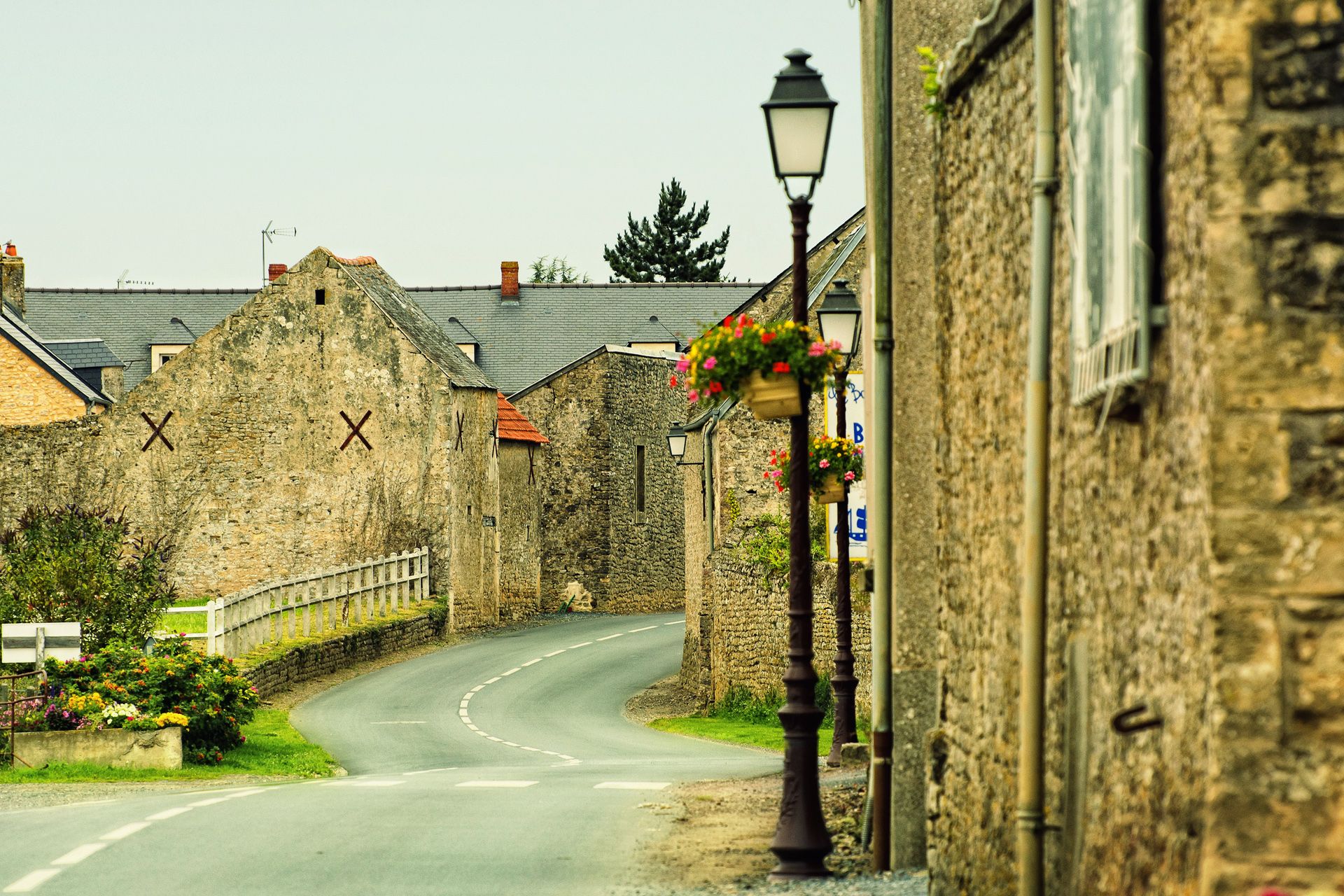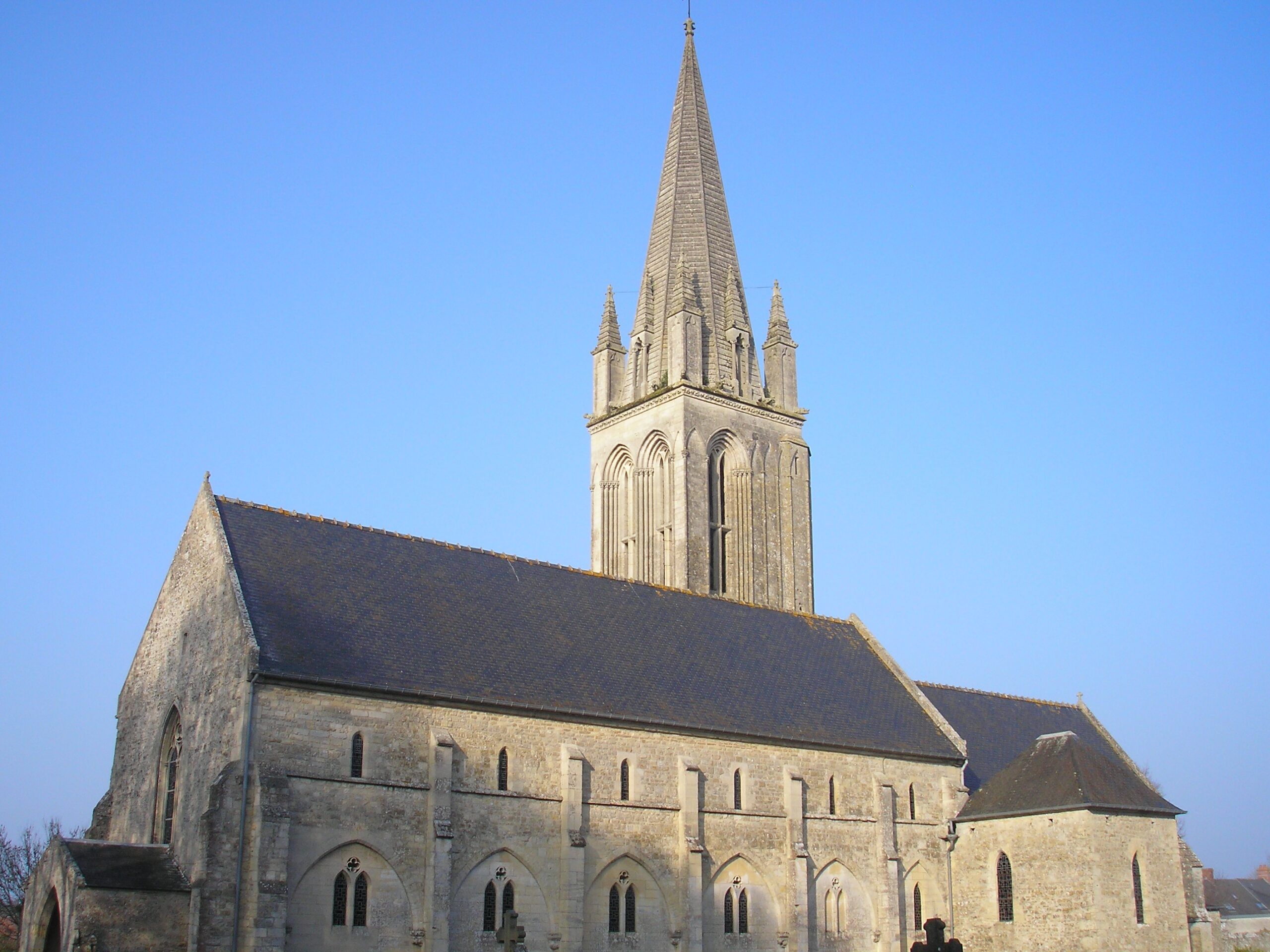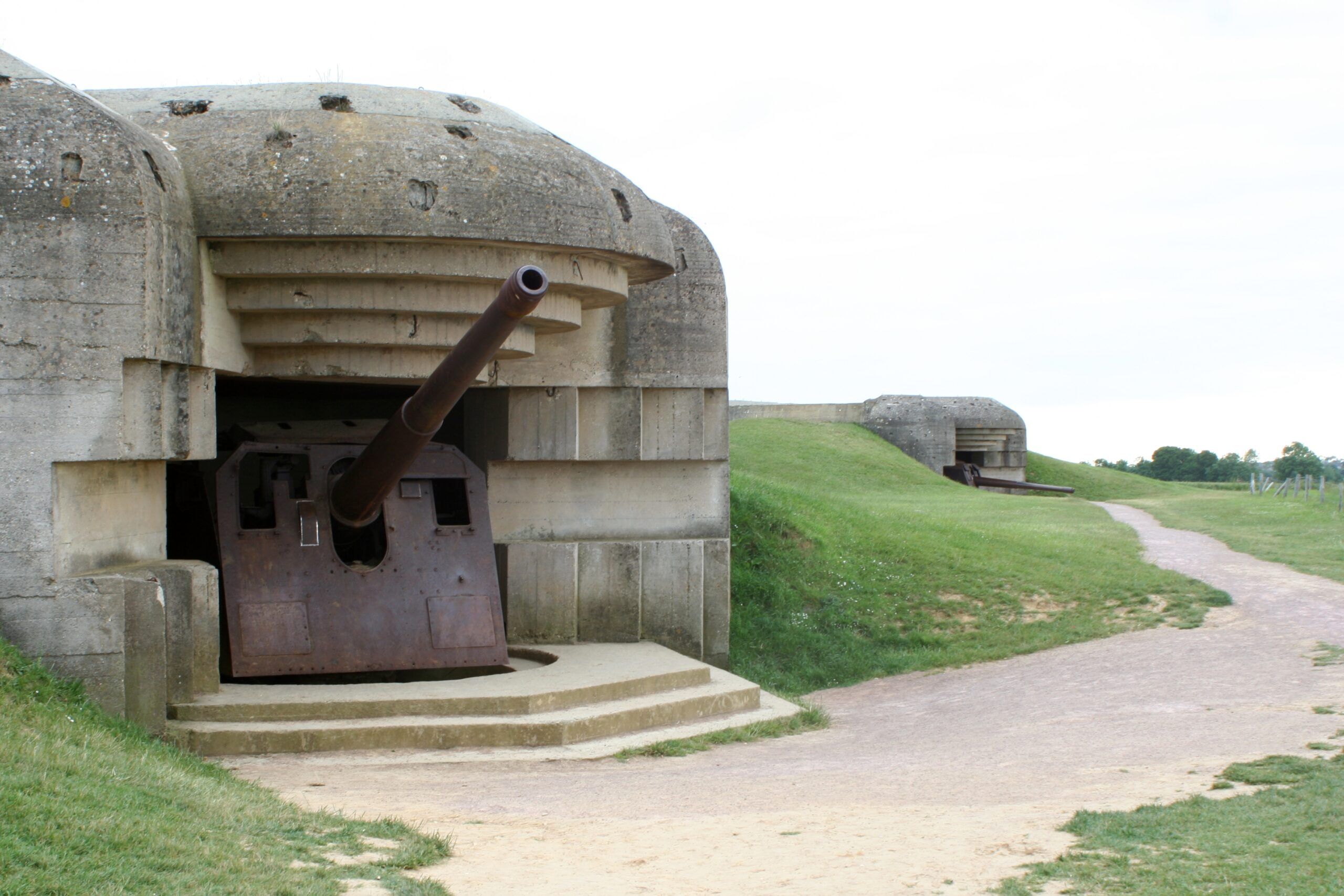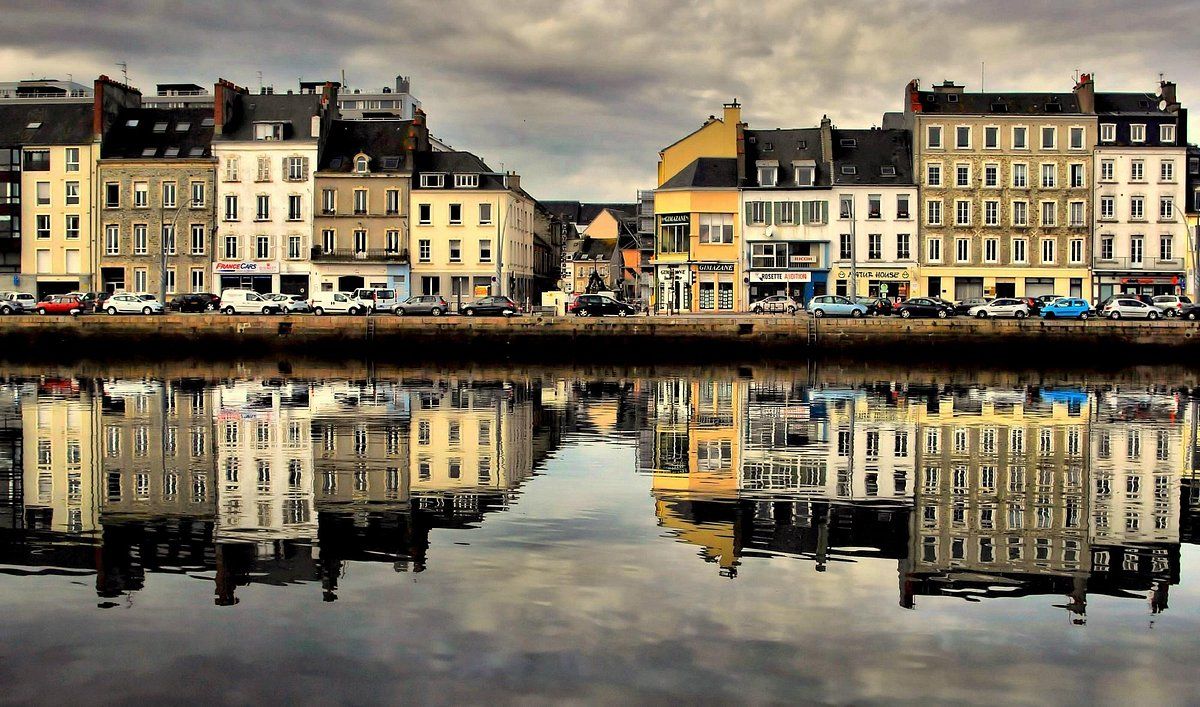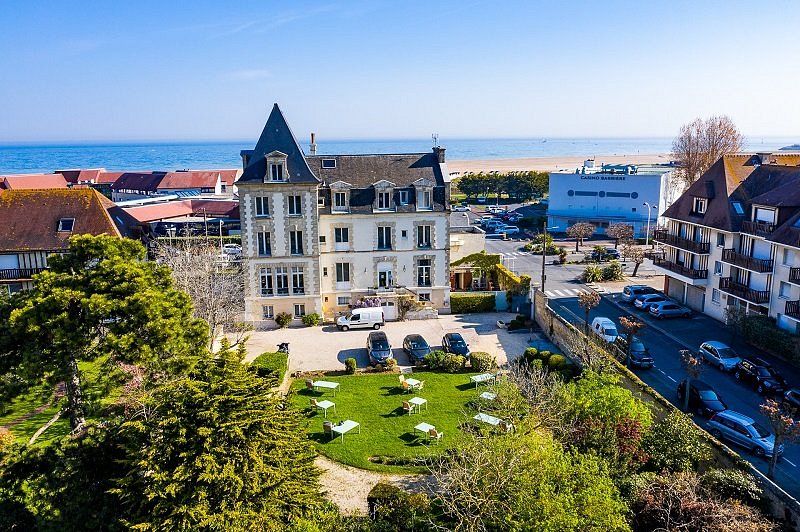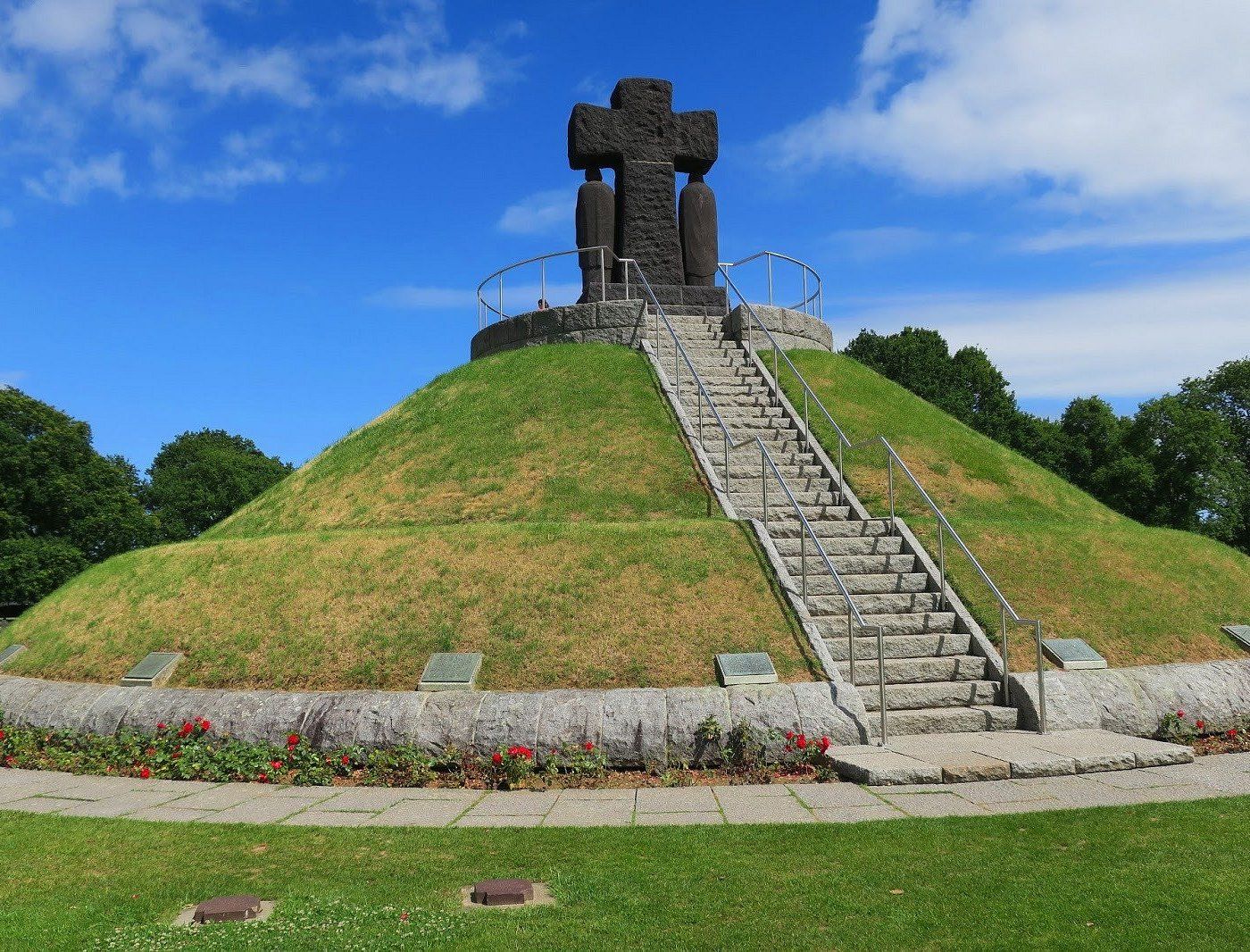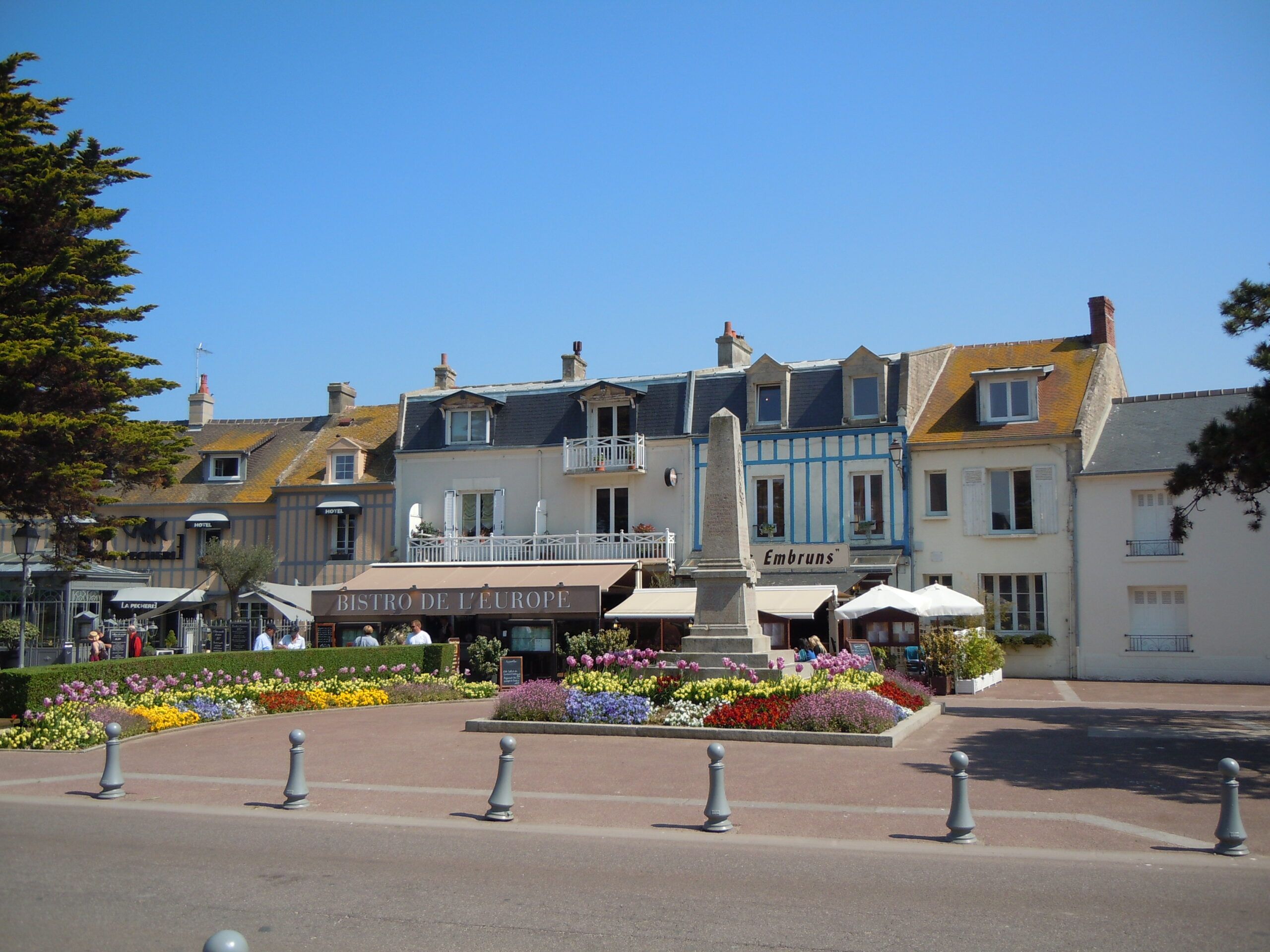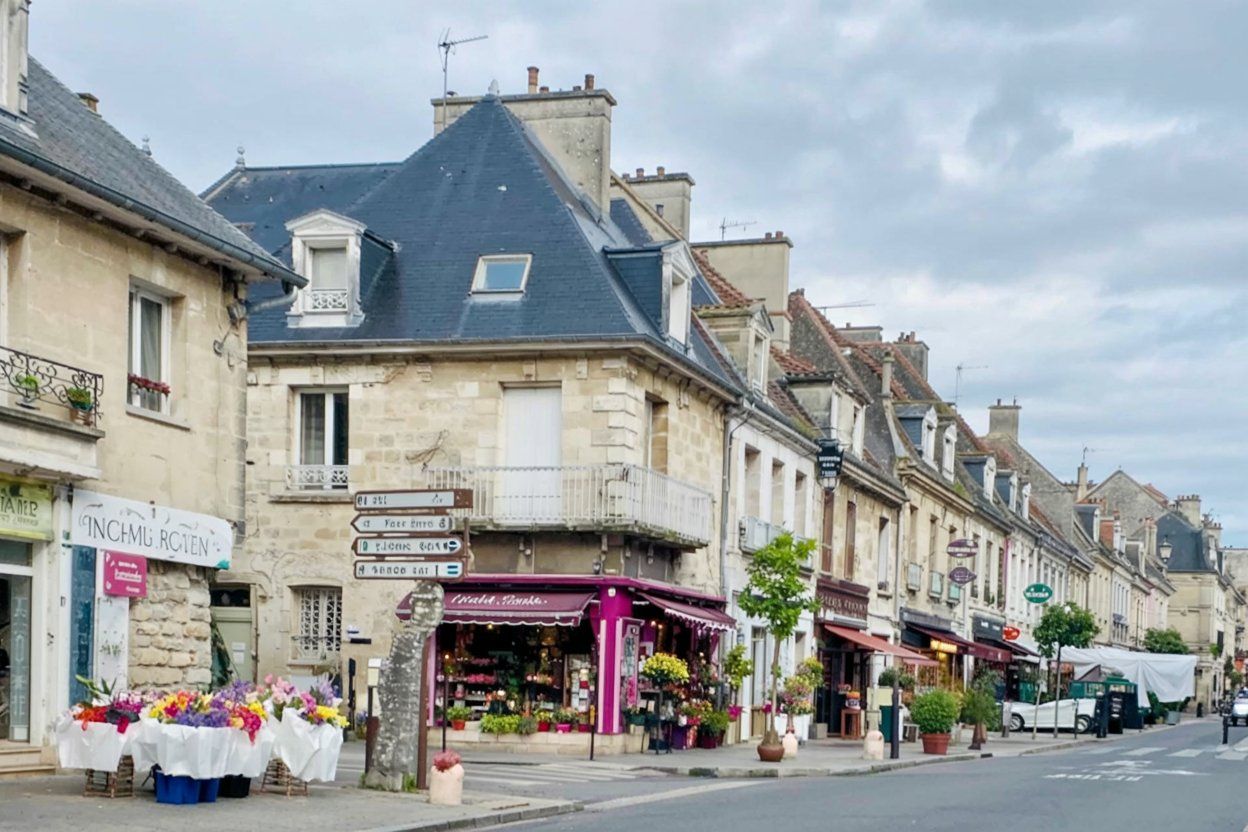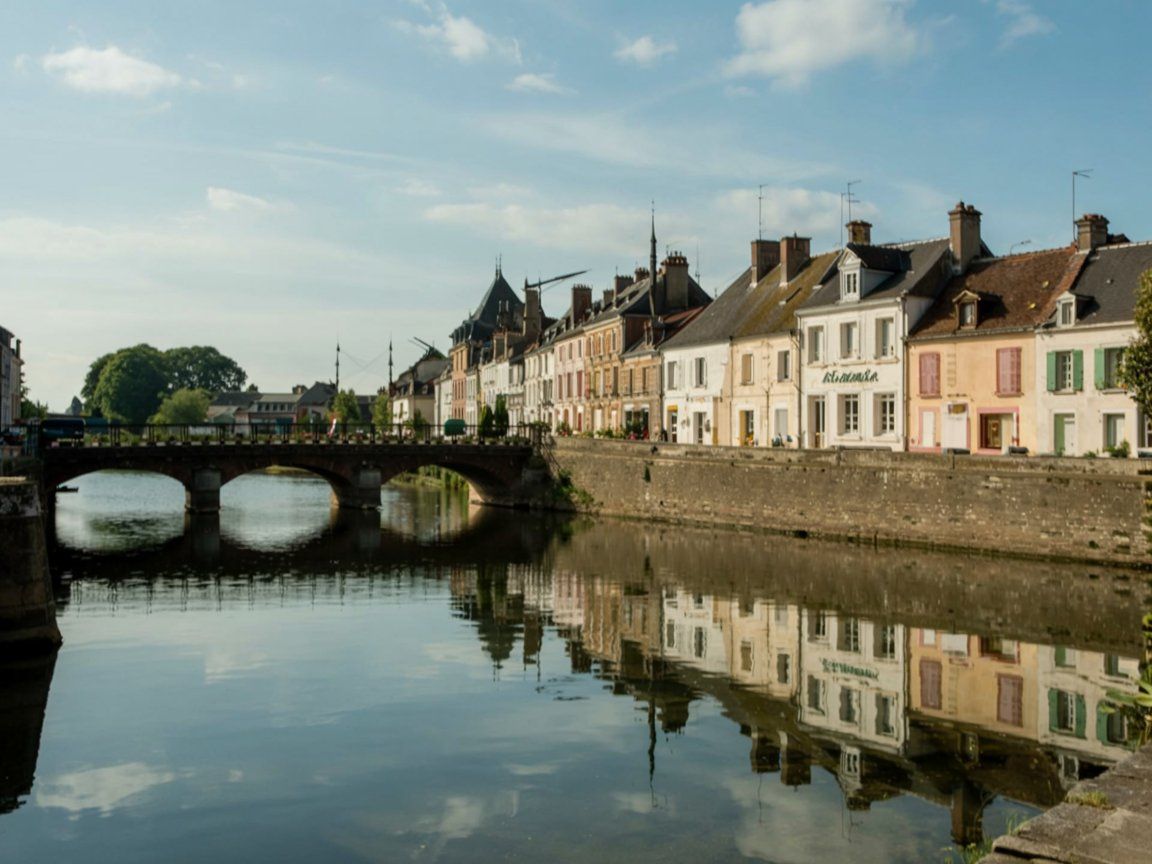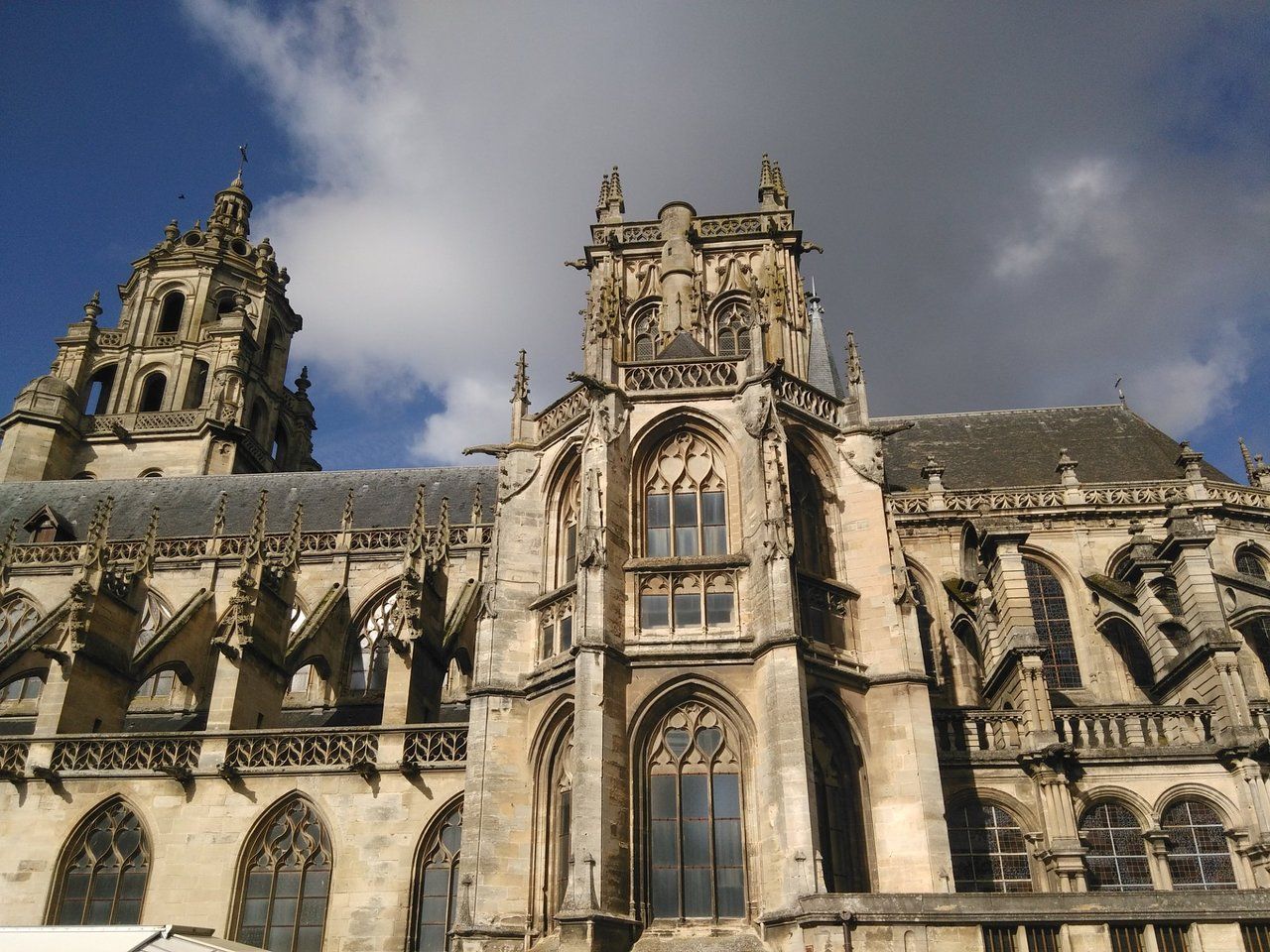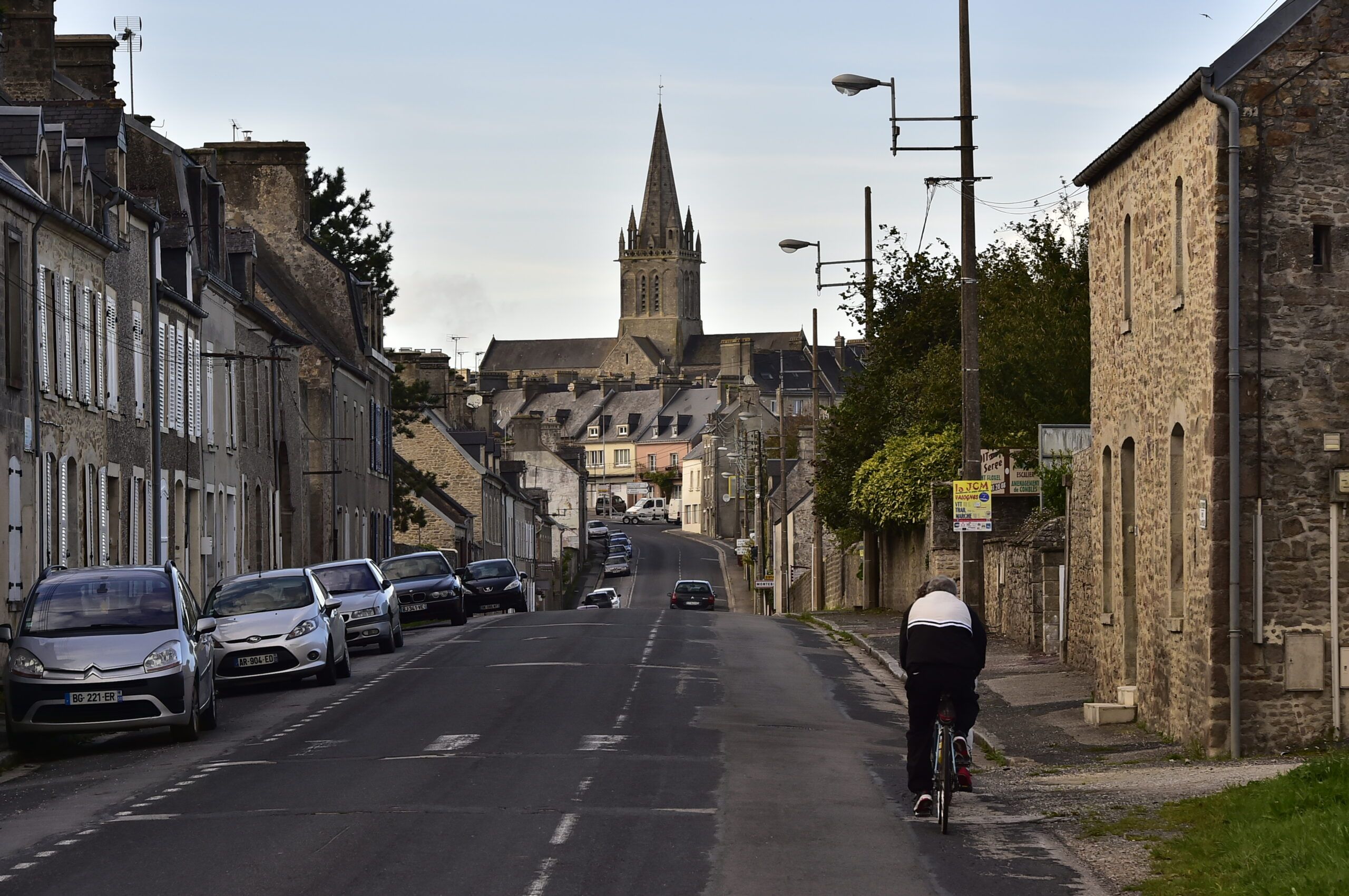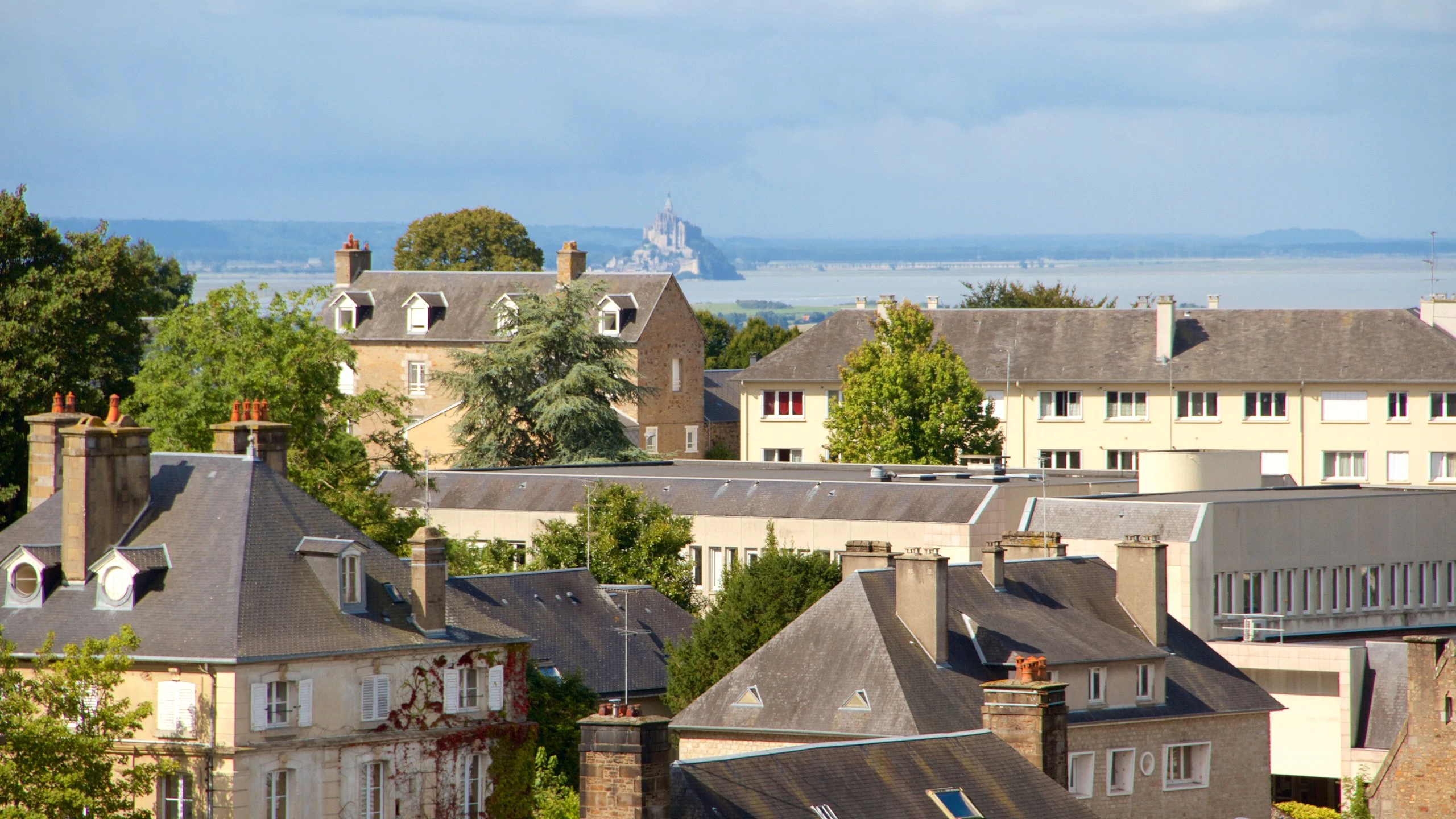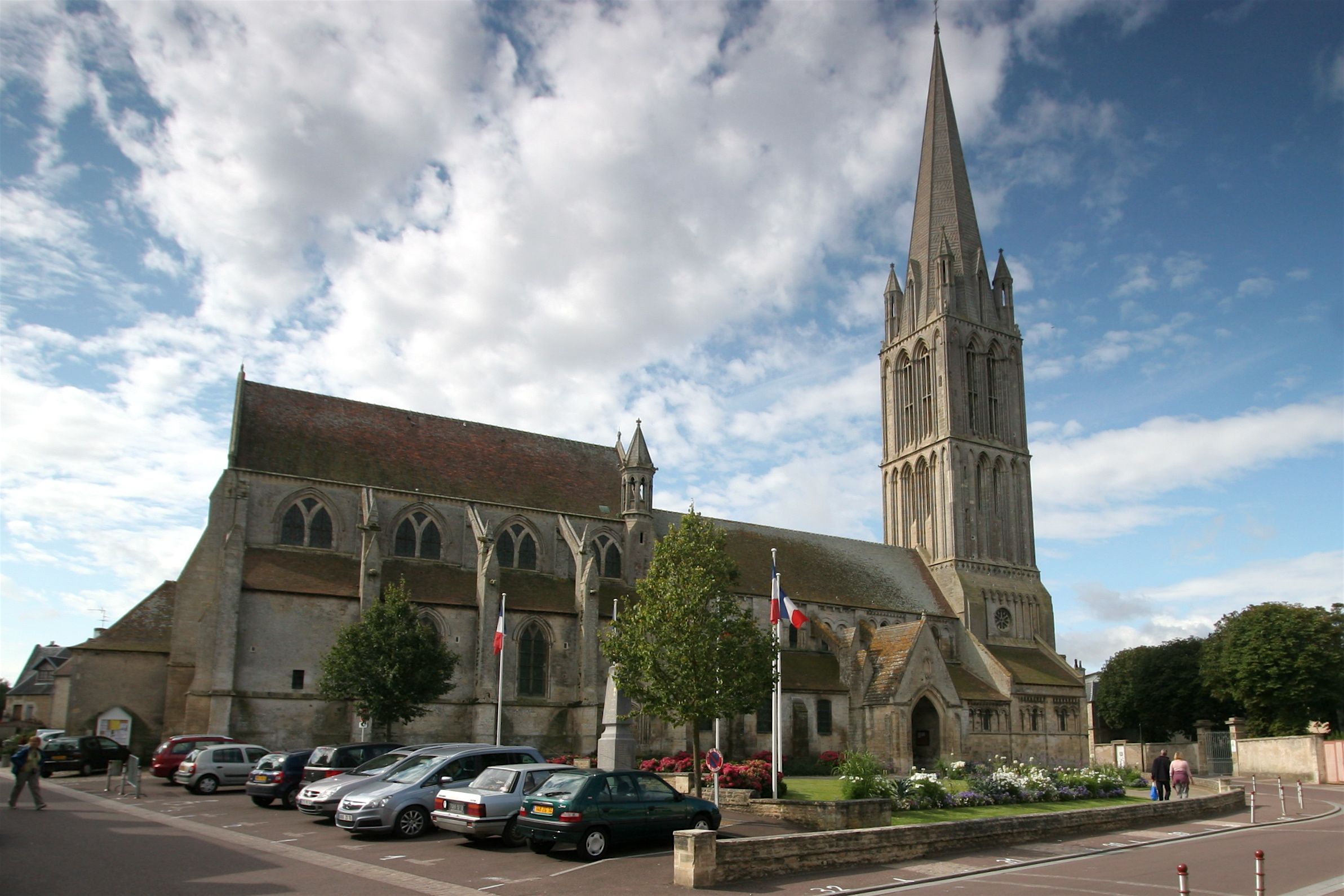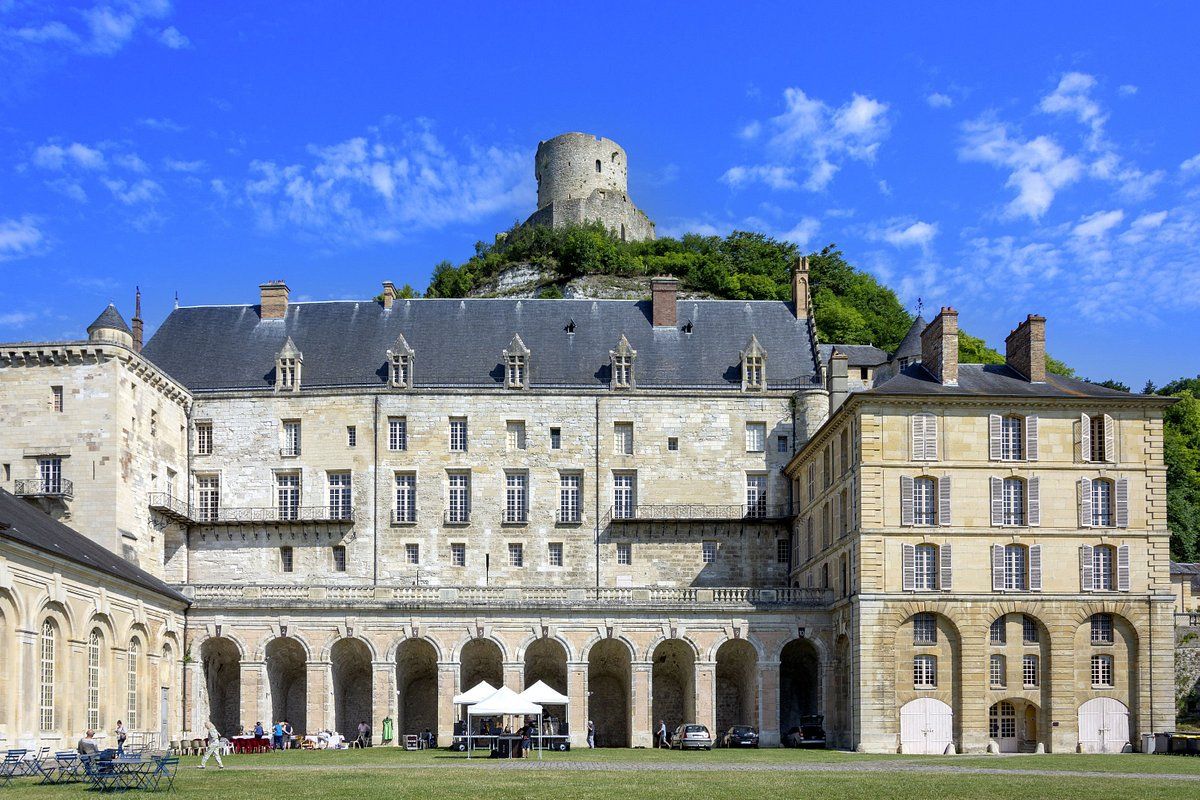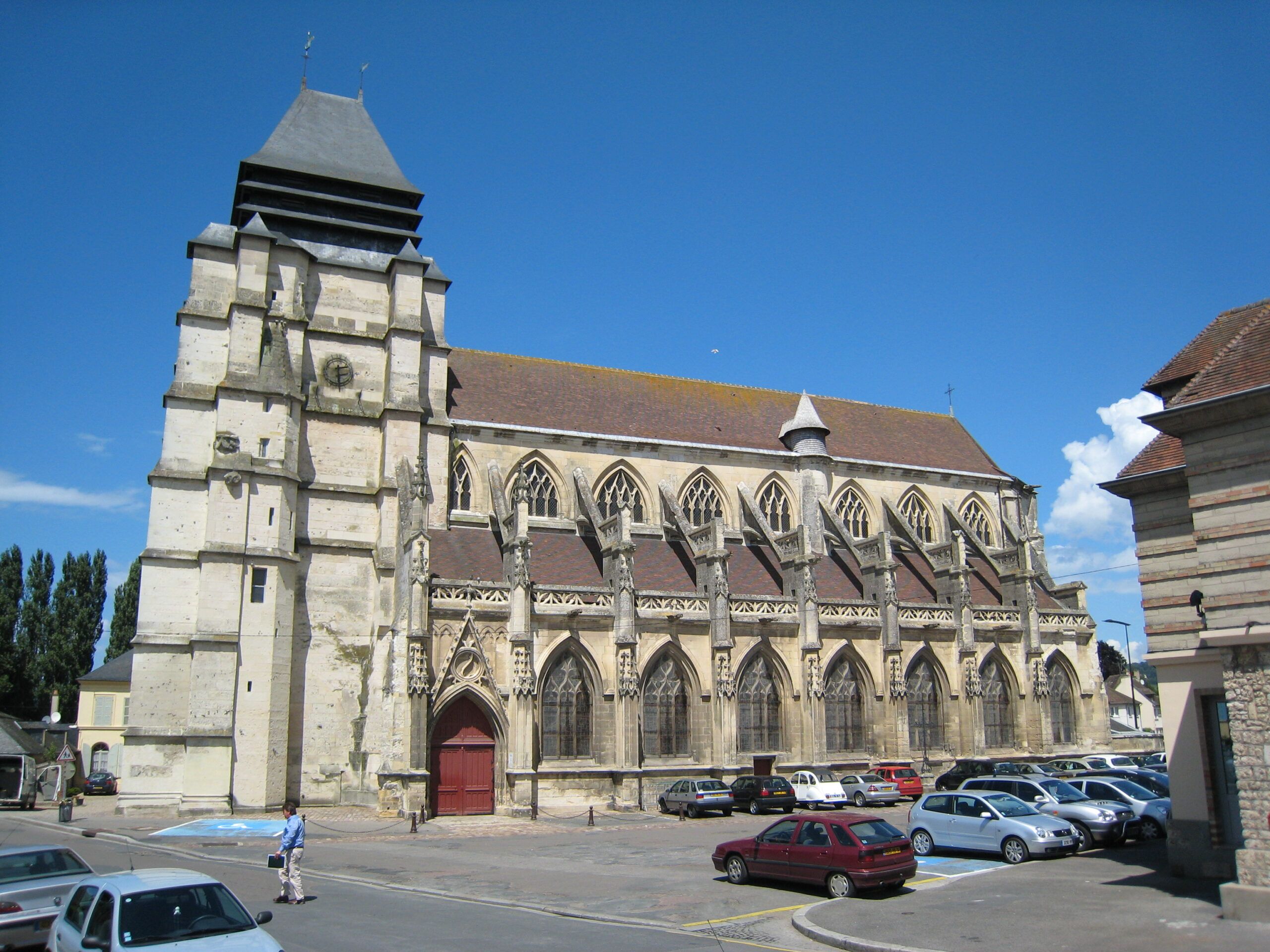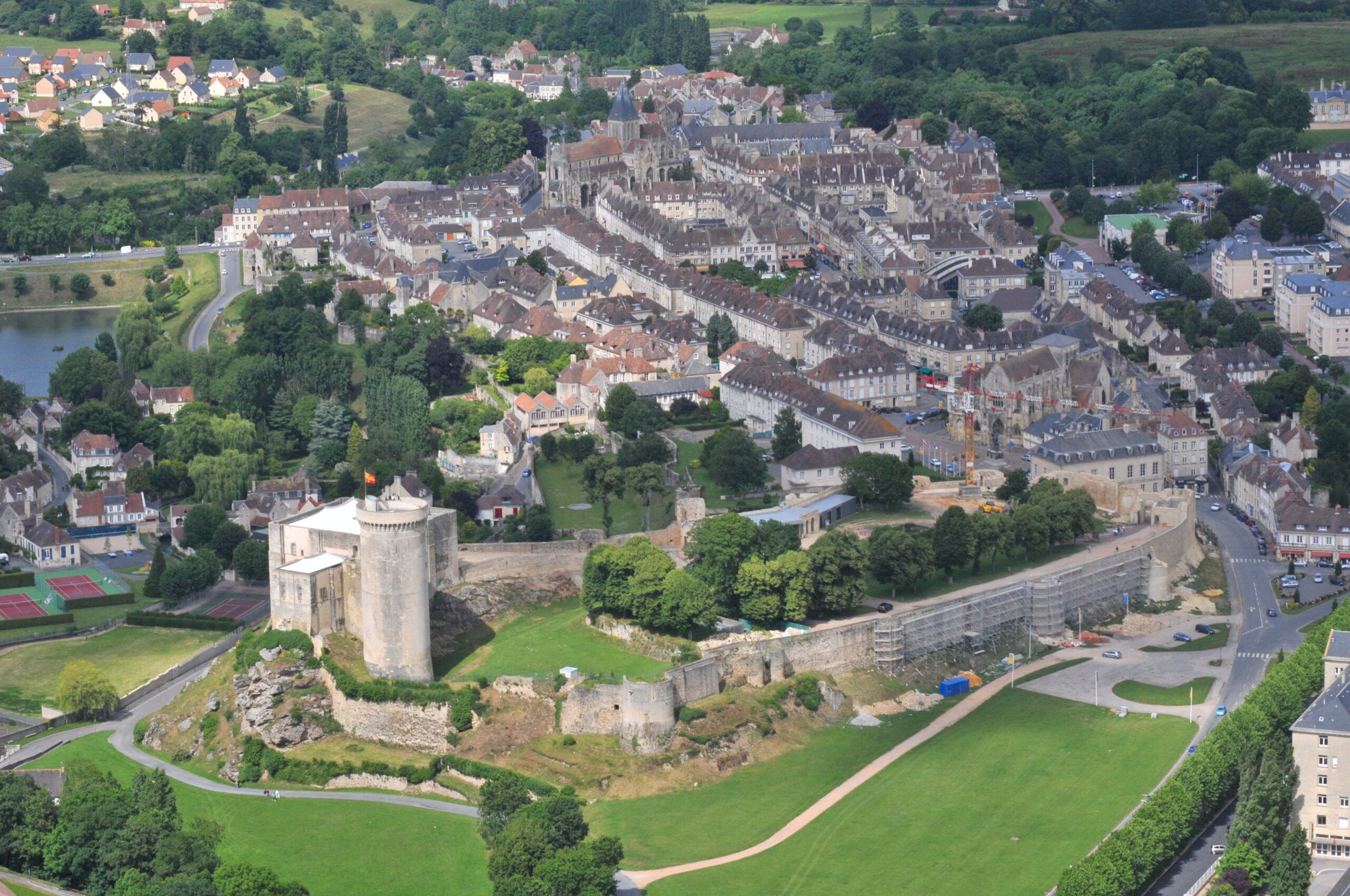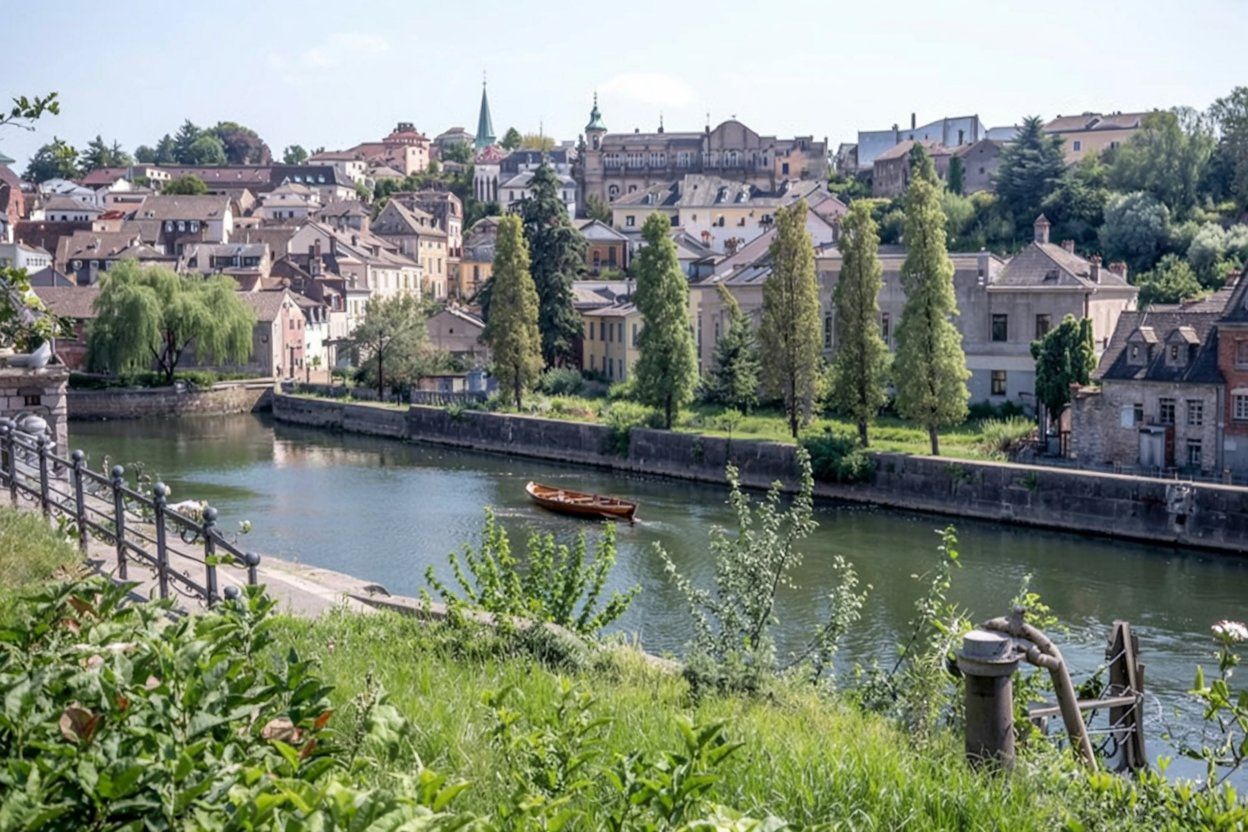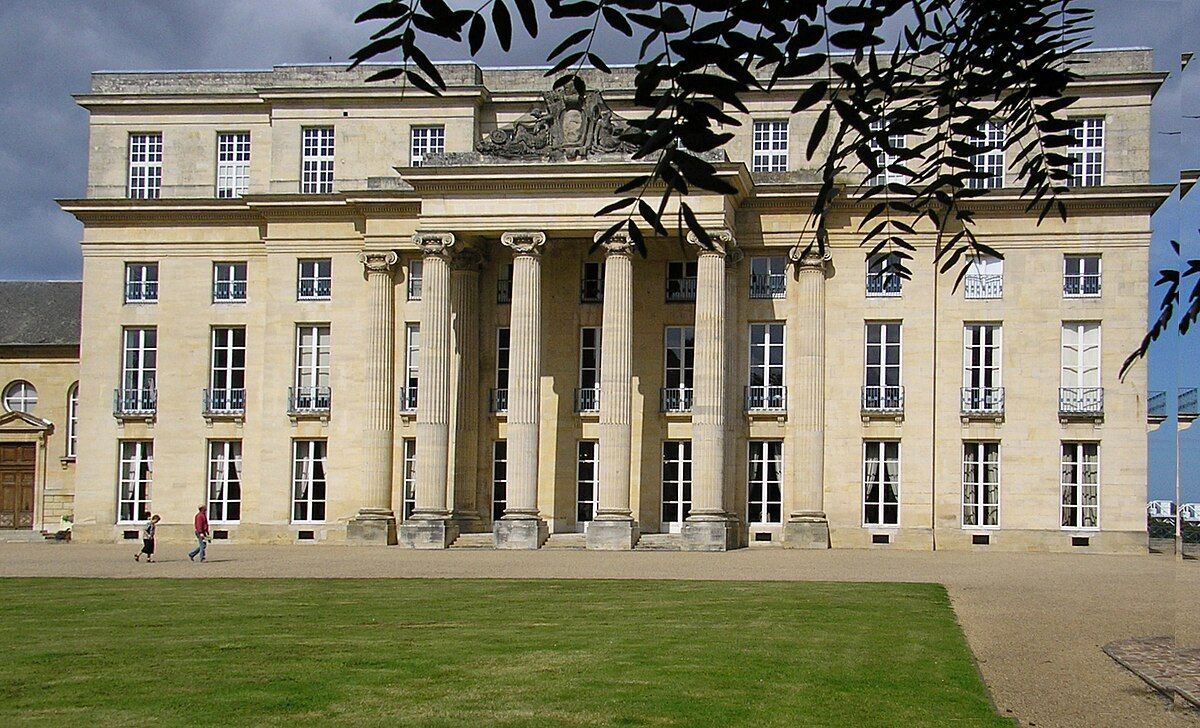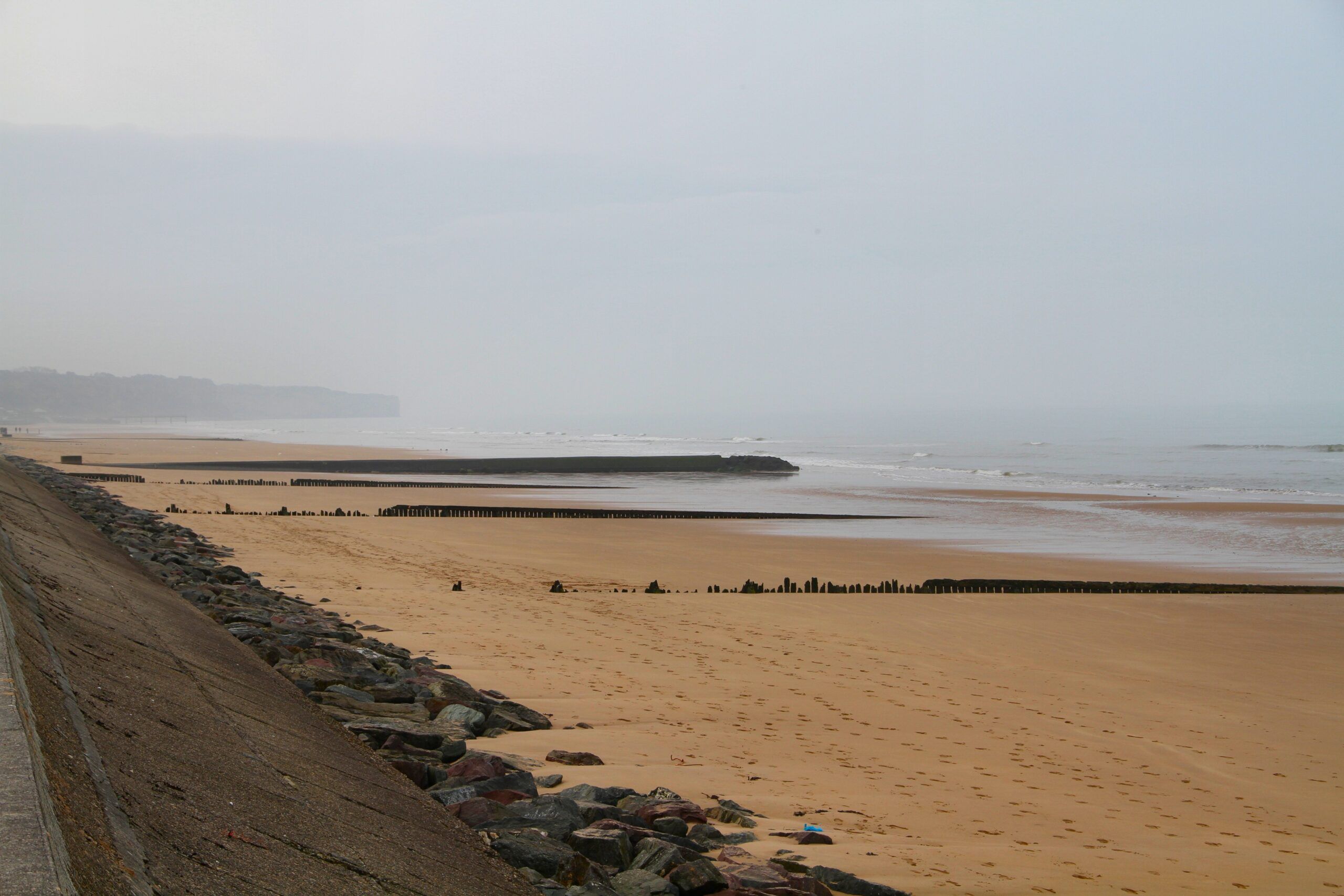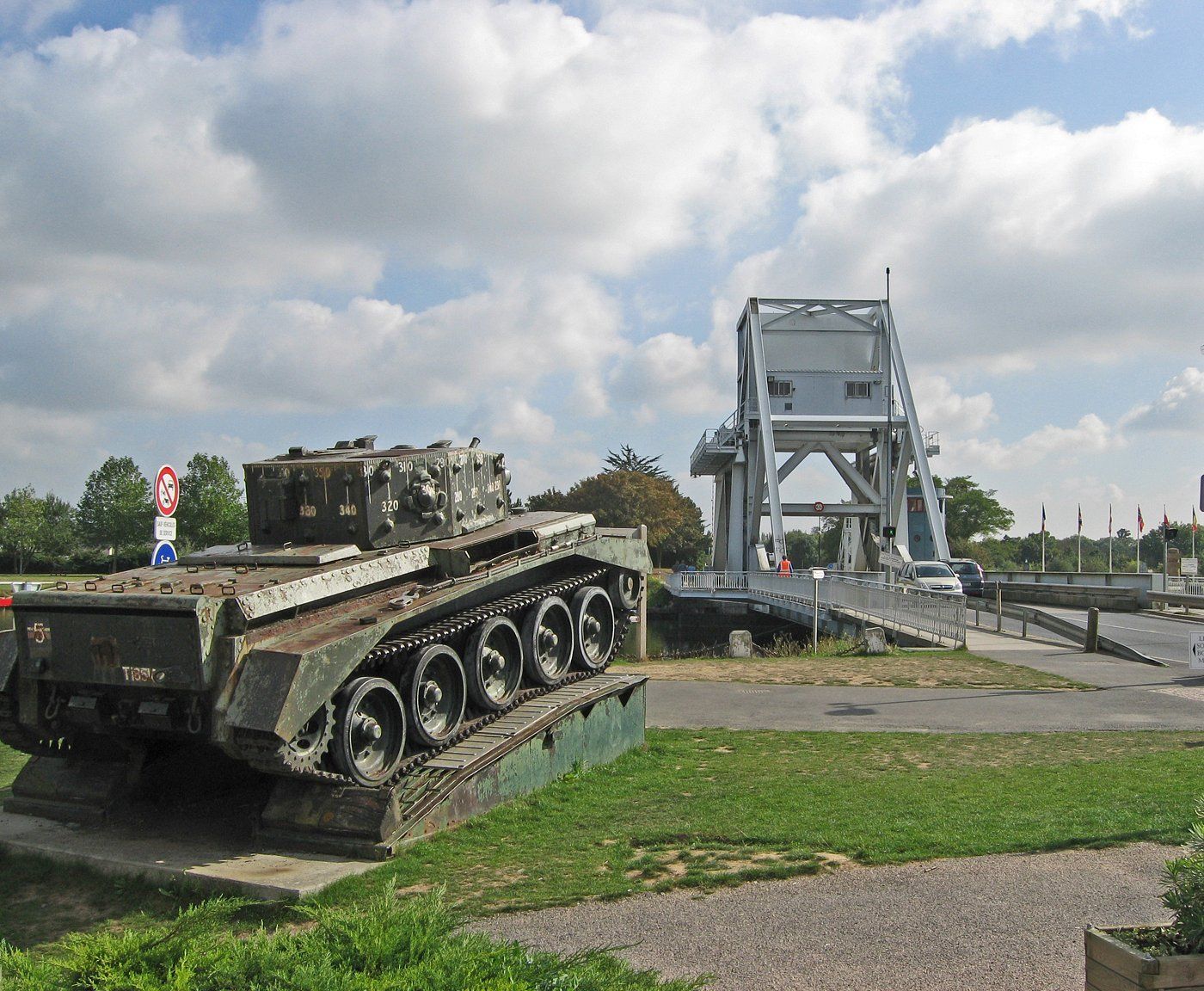Colleville-sur-Mer sits on the edge of history, where the waves of the English Channel meet the sands that witnessed one of World War II’s most crucial moments. This small French coastal village became forever linked to world history on June 6, 1944, when American forces landed on what was code-named Omaha Beach during the D-Day operations. Today, visitors can explore the Normandy American Cemetery and Memorial, where over 9,380 American soldiers rest, a solemn reminder of the price paid for freedom.
Walking these grounds offers a powerful connection to the past that books and films just can’t match. The cemetery’s meticulously maintained lawns overlook the very beach where many of these soldiers fought their final battle. English-speaking guides run tours by foot, bike, minibus, or coach, sharing stories and context that really bring D-Day to life. Their explanations help you grasp the scale and significance of what remains the largest combined airborne and amphibious operation ever attempted.
Visit Recommended D-Day historic hotels and B&Bs along the invasion beaches.
Historical Overview of Colleville-sur-Mer and D-Day
Colleville-sur-Mer holds a special place in World War II history as the site of one of the most significant military operations ever conducted. This small Norman village became forever linked to the Allied invasion that would begin the liberation of Western Europe from Nazi occupation.
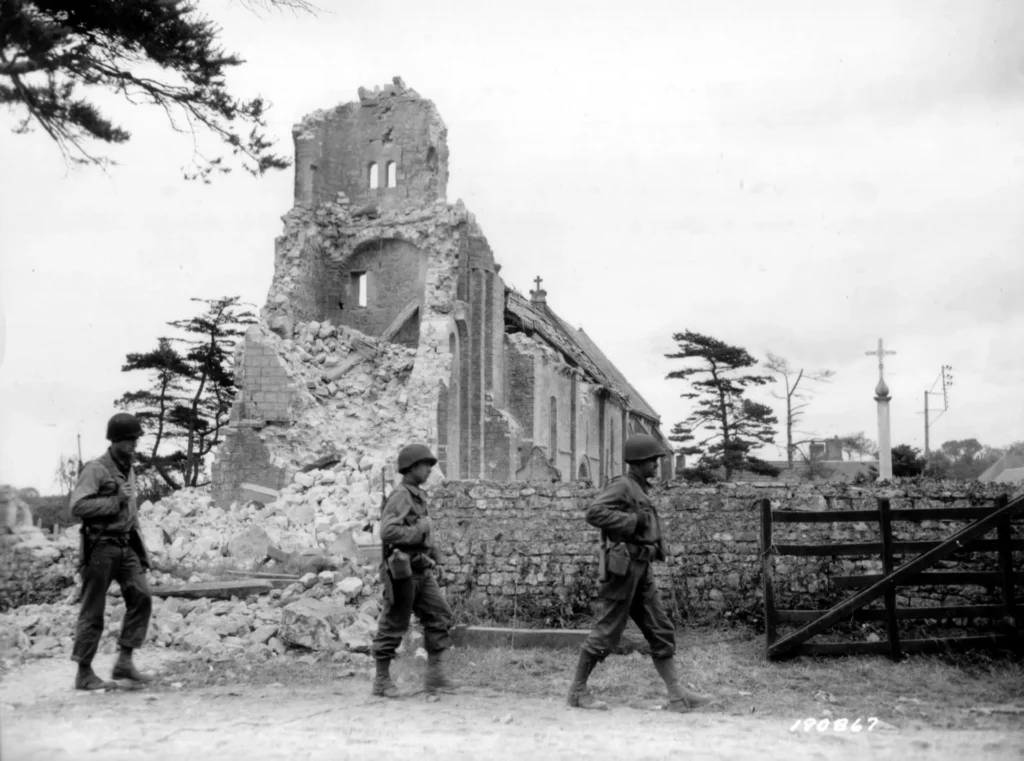
Significance of Colleville-sur-Mer in World War II
Colleville-sur-Mer gained historical importance due to its location along what became known as Omaha Beach during the D-Day landings. This quiet coastal village was part of Hitler’s Atlantic Wall defenses, with four German strongpoints (Wiederstandnests) guarding its shores. The beach was heavily fortified with obstacles, mines, and machine gun nests.
The village’s strategic position made it a crucial target for Allied planners. Taking control of Colleville-sur-Mer would allow Allied forces to push inland and establish a foothold in Nazi-occupied France.
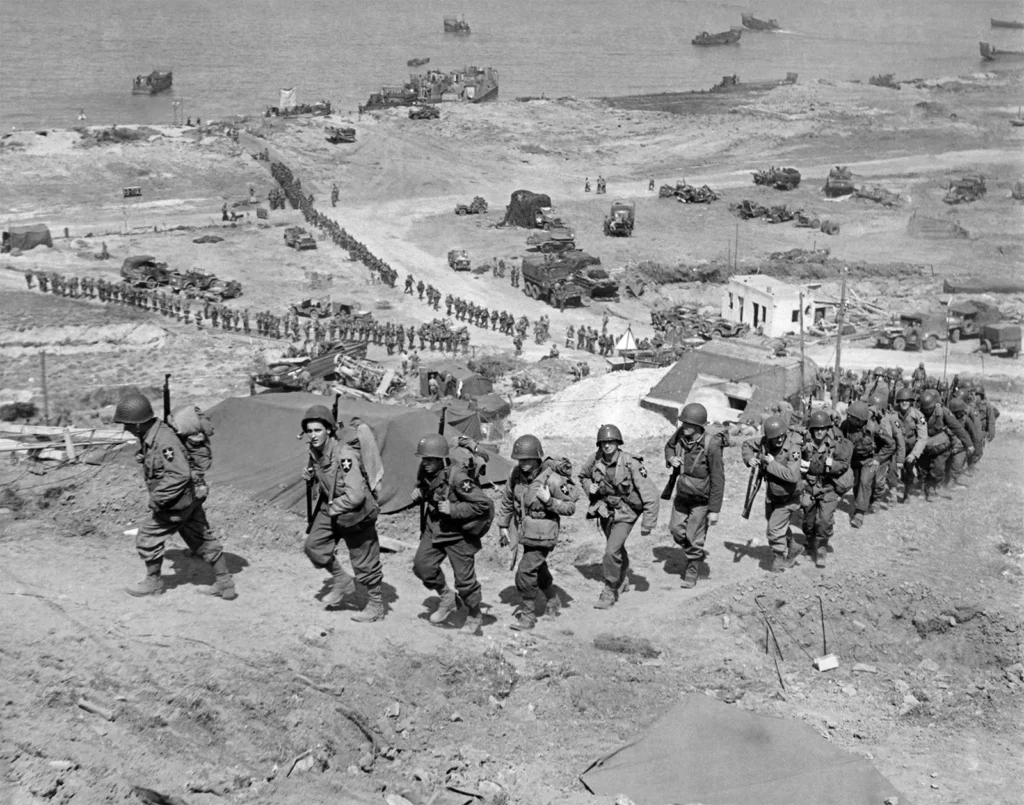
For the German defenders, the village offered natural advantages with high bluffs overlooking the beach, giving them clear lines of fire on approaching troops. This geography would prove deadly on June 6, 1944.
The Normandy Invasion and Omaha Beach
On June 6, 1944, Colleville-sur-Mer’s beach became “Omaha Beach” – one of five landing zones in Operation Neptune, the naval phase of Operation Overlord. American forces faced the most difficult conditions at Omaha Beach.
The first waves of American troops encountered devastating machine gun fire from German positions. Many soldiers drowned or were killed before reaching the shore. Despite heavy losses, American forces gradually secured the beach through remarkable courage and determination.

Technical Sergeant Frank Peregory showed extraordinary bravery near Colleville-sur-Mer, earning the Medal of Honor for his actions on D-Day. His story represents thousands of similar acts of valor that day.
By nightfall, American forces had established a tenuous beachhead, though at tremendous cost. Over 2,000 American soldiers were killed, wounded, or missing at Omaha Beach.
Operation Overlord and Allied Forces
Operation Overlord, commanded by General Dwight D. Eisenhower, represented years of planning and preparation. The massive invasion force included troops from the United States, United Kingdom, Canada, and other Allied nations.
For Colleville-sur-Mer specifically, the U.S. 1st and 29th Infantry Divisions were assigned to secure Omaha Beach. Their objective was to link the British landing zones to the east with American forces at Utah Beach to the west.
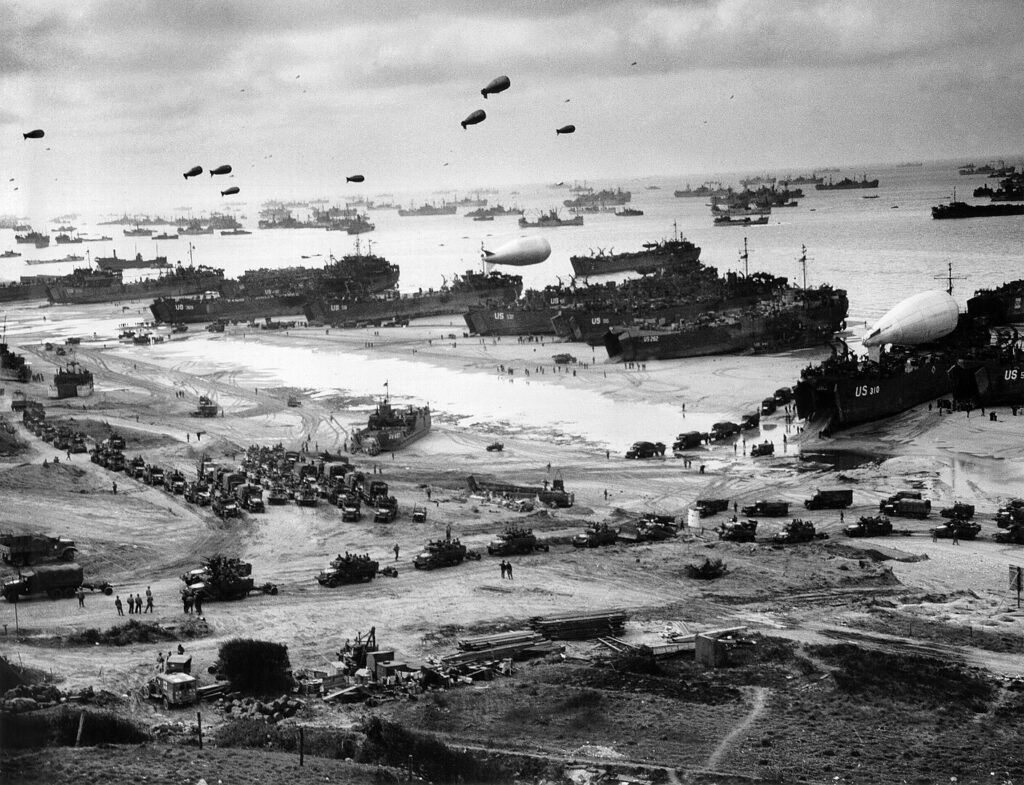
The invasion required extraordinary coordination among naval vessels, aircraft, and ground forces. More than 5,000 ships and 11,000 aircraft supported the landings.
Weather conditions forced a 24-hour delay from the originally planned date of June 5. When the operation finally launched, rough seas made the landing even more challenging for troops approaching Colleville-sur-Mer.
Aftermath and Liberation of Normandy
After securing the beachhead, American forces established a temporary cemetery near Colleville-sur-Mer. This would later become the permanent Normandy American Cemetery and Memorial that stands today.
The Battle of Normandy continued for weeks after D-Day. Allied forces faced fierce German resistance as they pushed inland from Colleville-sur-Mer and other landing beaches.
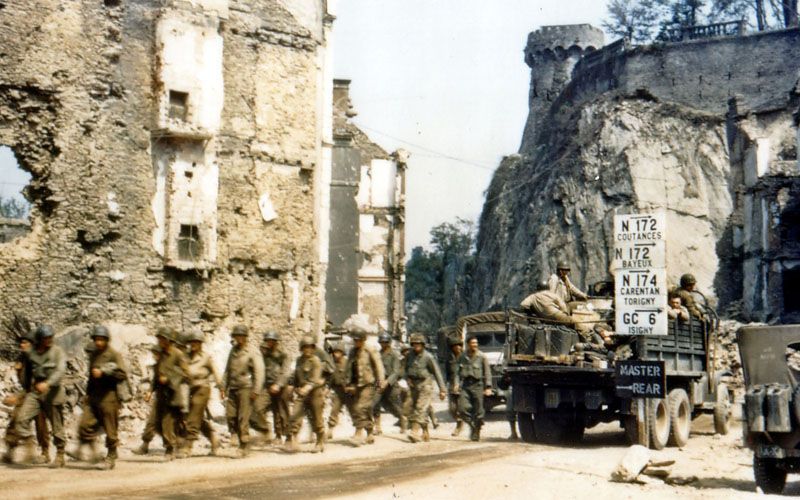
By late August 1944, most of Normandy was liberated. The successful invasion at Colleville-sur-Mer and other beaches opened the Western Front against Nazi Germany, ultimately leading to the Allied victory in Europe.
The village of Colleville-sur-Mer itself sustained significant damage during the fighting. After the war, it was gradually rebuilt, but it would forever be linked to the momentous events of June 6, 1944.
Key Sites and Memorials in Colleville-sur-Mer
Colleville-sur-Mer hosts several important historical sites that honor the sacrifices made during D-Day. These locations serve as powerful reminders of World War II and provide visitors with opportunities to learn about this pivotal moment in history.
Normandy American Cemetery and Memorial
The Normandy American Cemetery sits on a cliff overlooking Omaha Beach. It contains the graves of 9,388 American soldiers who died during the Normandy campaign. Most of these brave men lost their lives during the initial D-Day landings and subsequent battles.
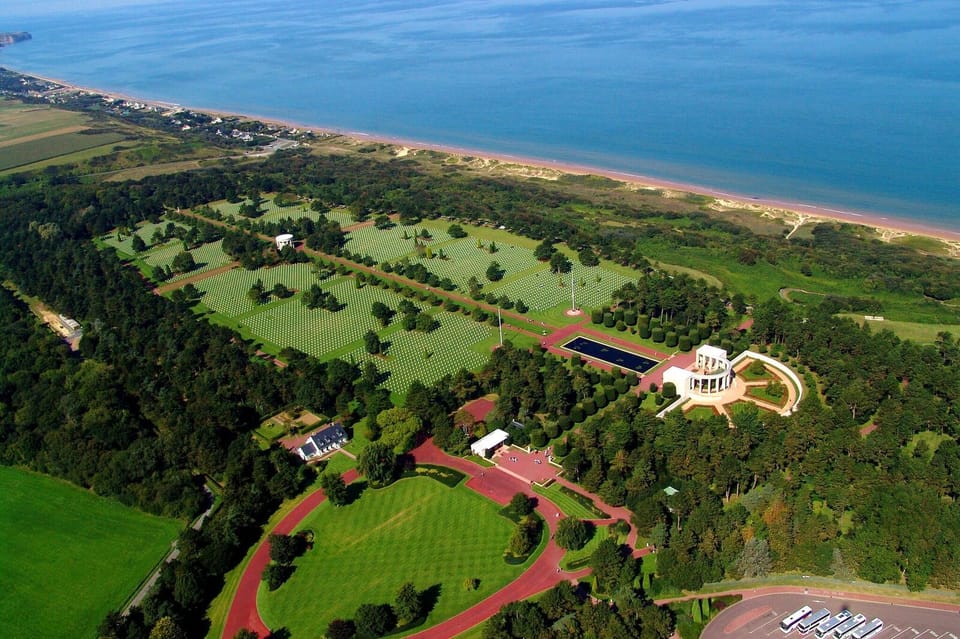
The cemetery features perfectly aligned white marble crosses and Stars of David. A memorial building displays maps and information about the D-Day operations. The Wall of the Missing lists 1,557 names of soldiers whose remains were never found or identified.
The cemetery opens daily from 9 AM to 5 PM. A visitor center provides historical context through exhibits, photos, and personal stories. The cemetery grounds include a peaceful garden and reflection pool. Free guided tours are available and help you understand the significance of this solemn place.
Omaha Beach Monuments
Several monuments stand along Omaha Beach to honor those who fought there. The most prominent is “Les Braves,” a metal sculpture with three elements: “Wings of Hope,” “Rise to Freedom,” and “Wings of Fraternity.” This striking memorial emerges directly from the sand.
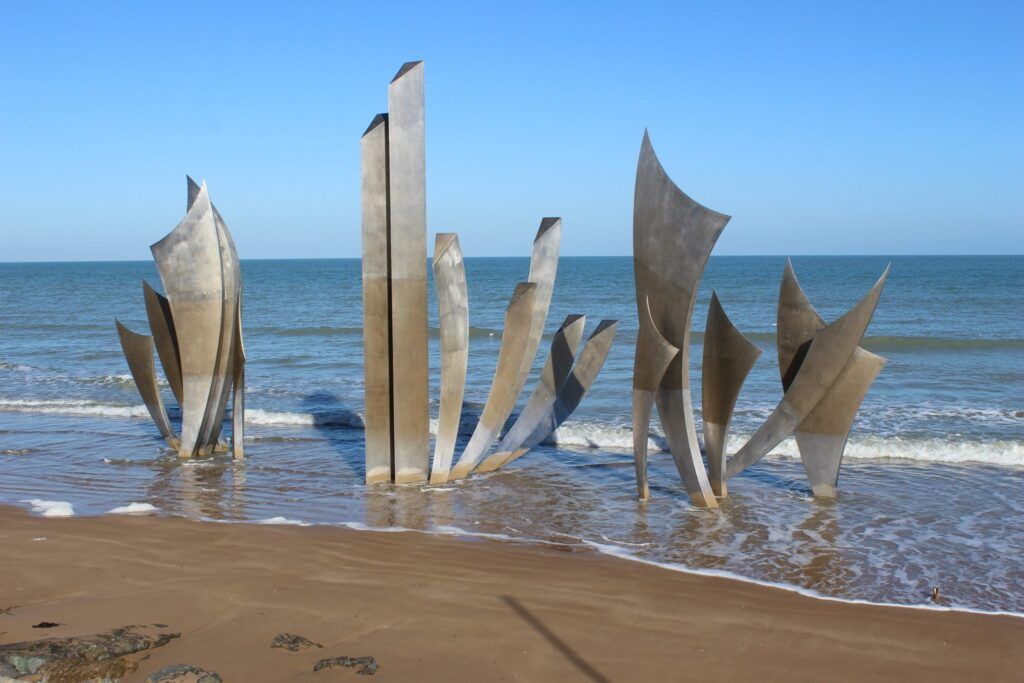
The beach itself serves as a living monument. Today, it looks peaceful, but information panels help you visualize what happened on June 6, 1944. Small bunkers and remnants of German defenses can still be seen.
The Omaha Beach Memorial Museum displays weapons, uniforms, and vehicles used during the invasion. It’s located in Saint-Laurent-sur-Mer, just a short drive from the cemetery.
Overlord Museum
The Overlord Museum houses an extensive collection of military equipment and vehicles from both Allied and German forces. Located near the Normandy American Cemetery, it offers a comprehensive look at Operation Overlord.
The museum displays over 10,000 artifacts, including tanks, jeeps, and personal items belonging to soldiers. Detailed dioramas recreate battle scenes and help you understand the strategies used during the invasion.
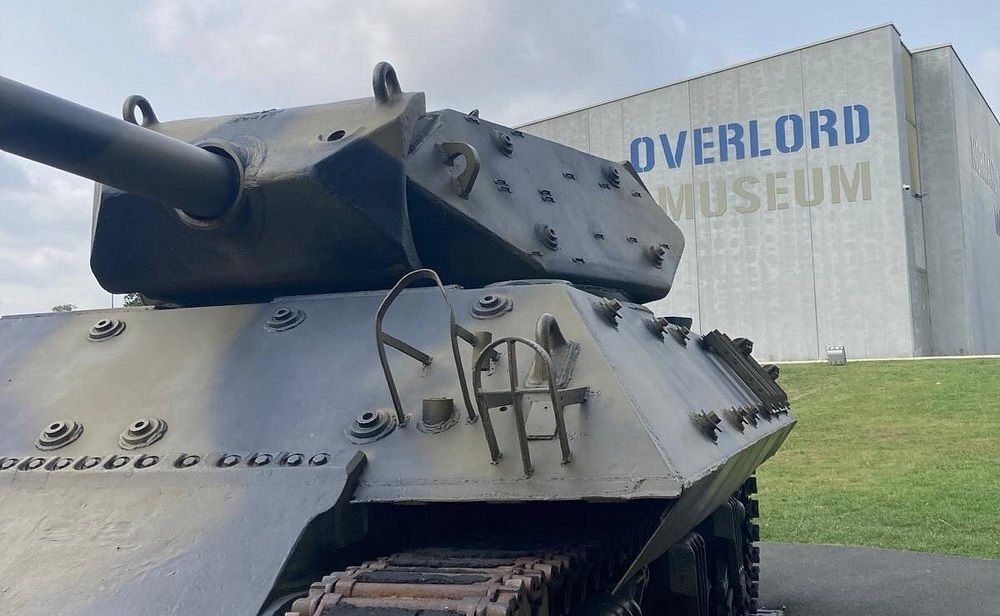
Interactive exhibits explain how the operation was planned and executed. The collection was gathered by a local resident over several decades. Many items were left behind on the battlefield after the fighting ended.
The museum provides audio guides in several languages. Plan to spend at least 90 minutes exploring the exhibits. It’s open daily, with extended hours during summer months.
Nearby World War II Landmarks
Colleville-sur-Mer sits at the heart of Normandy’s D-Day heritage. Within a short drive, you can explore several key sites that played crucial roles during the Allied invasion of June 6, 1944.
Pointe du Hoc
Located about 7 km west of Colleville-sur-Mer, Pointe du Hoc features dramatic 30-meter cliffs that U.S. Army Rangers scaled during D-Day. This German fortification was targeted because its artillery could hit both Omaha and Utah beaches.
Today, you can explore the crater-pocked landscape that still shows the impact of Allied naval bombardment. The German bunkers remain largely intact, allowing you to walk through these concrete fortifications.
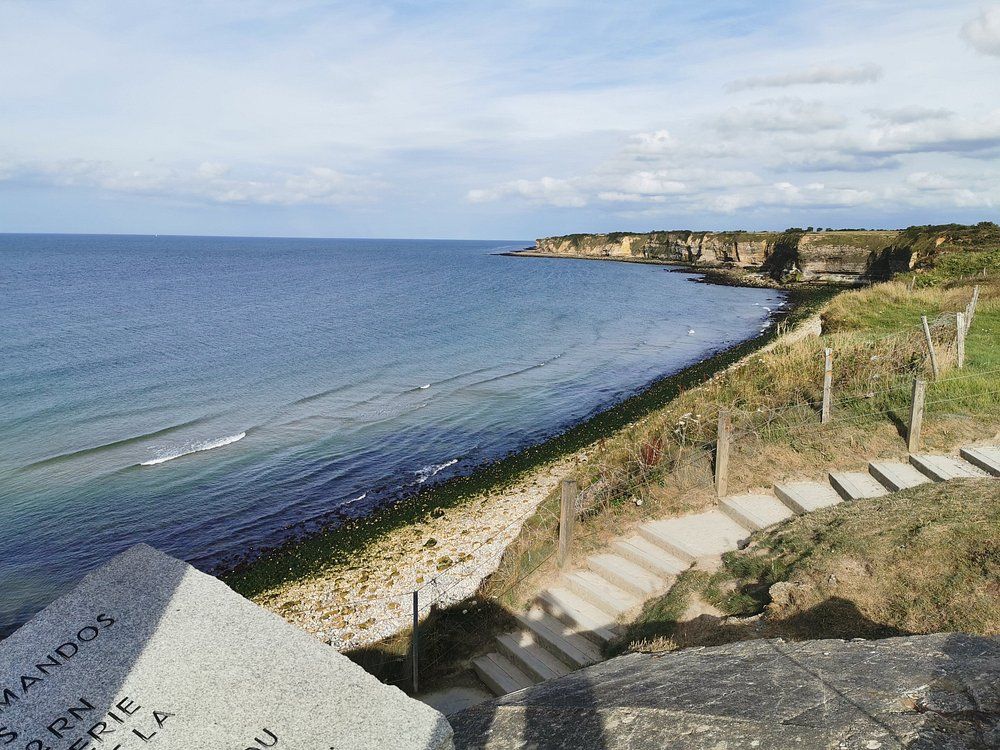
The Ranger Monument stands as a tribute to the 225 men who climbed the cliffs using ropes and ladders while under heavy fire. Only 90 were still able to fight after reaching the top.
The site offers informative panels that explain the operation. Free to visit, Pointe du Hoc provides stunning clifftop views of the English Channel.
La Cambe German War Cemetery
Just 15 km south of Colleville-sur-Mer, La Cambe German War Cemetery offers a somber contrast to the American Cemetery. Over 21,000 German soldiers are buried here, with simple flat markers of dark stone.
The cemetery’s central mound features a large cross and sculpture. Unlike Allied cemeteries, La Cambe has a more subdued atmosphere. Black crosses mark mass graves where up to 400 soldiers rest together.
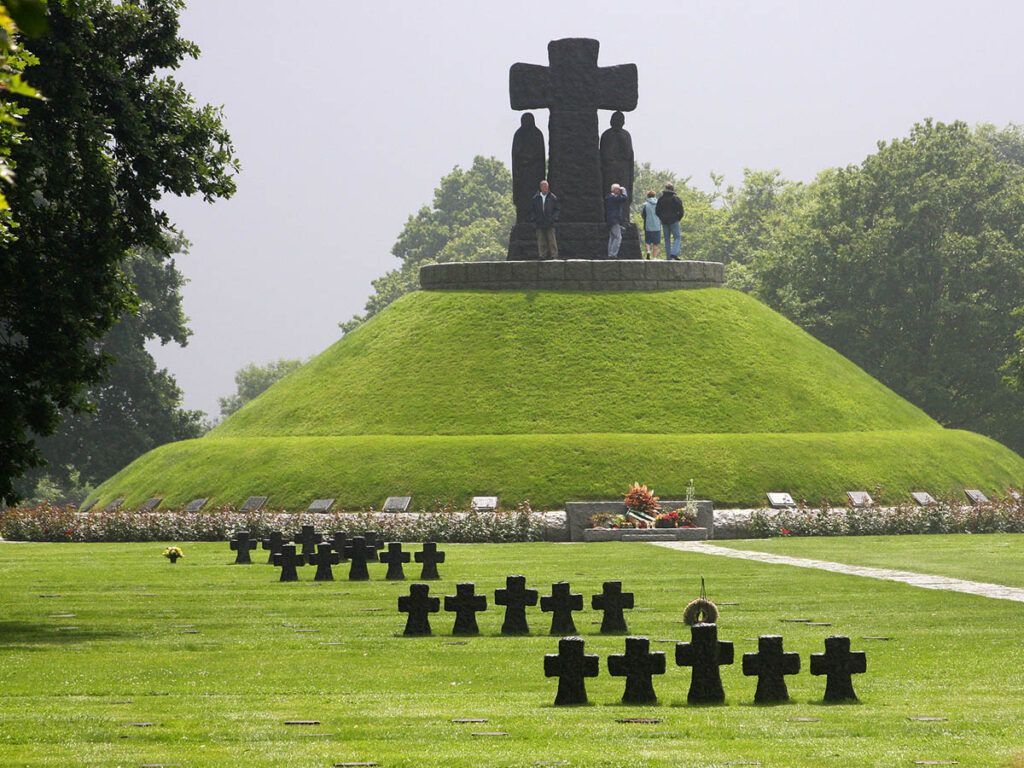
A peace garden surrounds the cemetery with thousands of maple trees planted as symbols of reconciliation. The visitor center provides context about the soldiers buried here, many of whom were very young.
This site reminds you of the war’s human cost on all sides. The stark design creates a reflective space that encourages contemplation about war’s consequences.
Utah Beach
About 35 km northwest of Colleville-sur-Mer, Utah Beach was the westernmost landing site during D-Day. The 4th Infantry Division faced less resistance here than at other beaches, suffering relatively few casualties.
The Utah Beach Museum houses a B-26 bomber and an original Higgins boat used to land troops. Interactive exhibits explain the complex planning behind Operation Overlord.
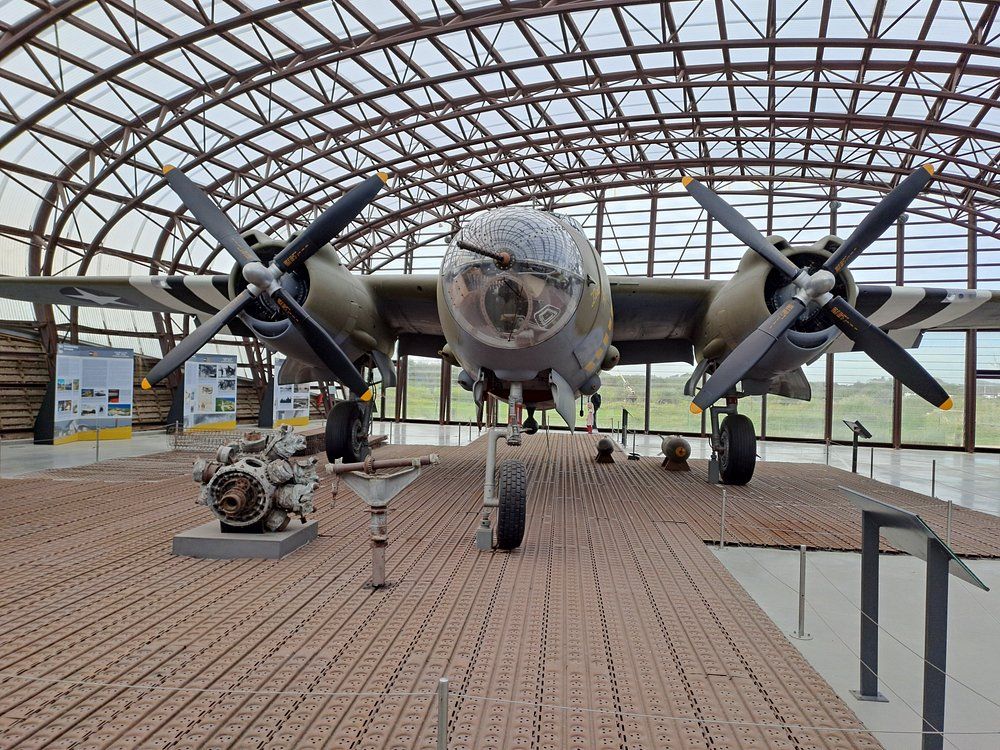
You can walk the wide sandy beach where American forces landed. Concrete bunkers and gun emplacements dot the shoreline, now peaceful except for the occasional memorial ceremony.
The area around Utah Beach also includes Sainte-Mère-Église, where paratrooper John Steele famously got caught on the church steeple during the airborne assault.
Gold Beach and Juno Beach
East of Colleville-sur-Mer lie Gold and Juno beaches, where British and Canadian forces landed. Gold Beach, about 25 km east, was captured by the British 50th Infantry Division.
At Arromanches-les-Bains on Gold Beach, you can see remains of the artificial Mulberry Harbor. This engineering marvel allowed Allied ships to unload supplies directly onto the beaches. The circular 360° Cinema and D-Day Museum offer excellent overviews of the landings.
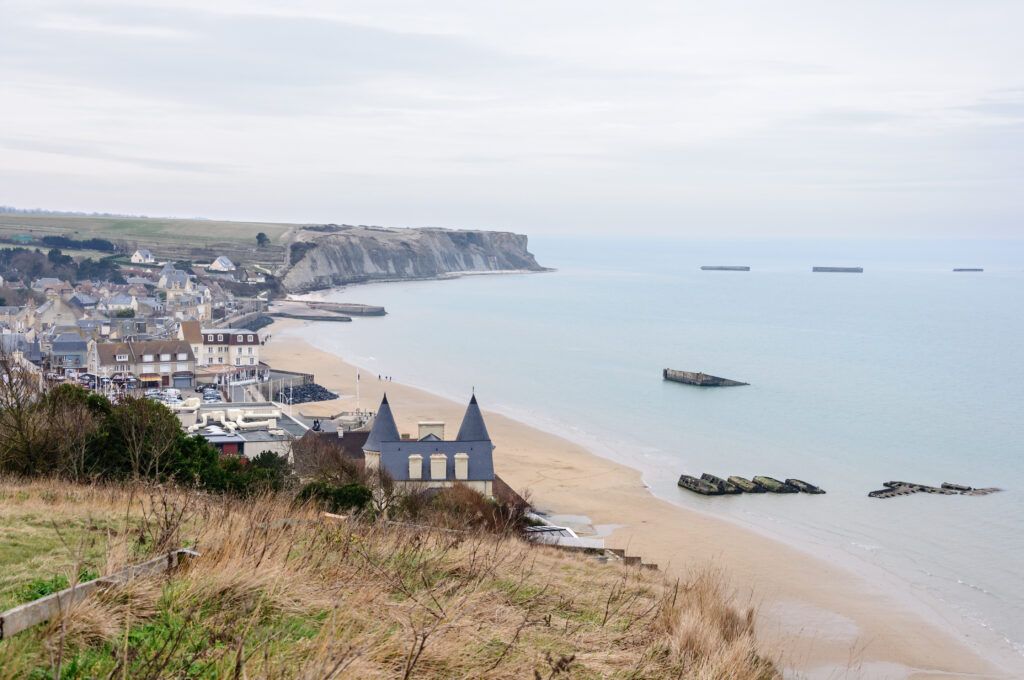
Juno Beach, 40 km east of Colleville-sur-Mer, was stormed by Canadian forces. The Juno Beach Centre provides comprehensive exhibits about Canada’s significant D-Day contribution. Interactive displays illustrate the difficult conditions troops faced.
Both beaches feature well-preserved bunkers and gun emplacements. Memorial markers indicate where specific units came ashore during the invasion.
Normandy’s WWII Museums and Exhibits
Normandy offers several excellent museums dedicated to World War II history. These institutions preserve the memory of D-Day and the Battle of Normandy through powerful exhibits, artifacts, and educational programs.
Juno Beach Centre
The Juno Beach Centre in Courseulles-sur-Mer stands as the main Canadian museum commemorating Canada’s crucial role in World War II. Opened in 2003, this modern facility sits on the actual beach where Canadian forces landed on June 6, 1944.
The museum features interactive displays that tell the story of the 45,000 Canadians who lost their lives during the war. You’ll find personal artifacts, photographs, and film footage that bring this history to life.
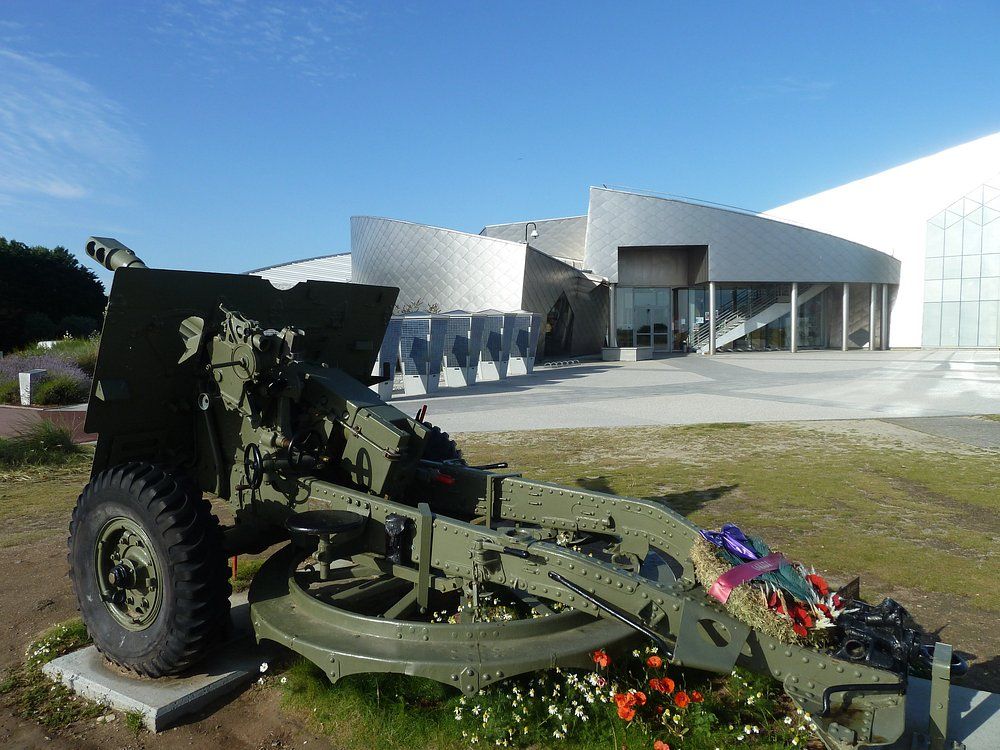
When you visit, don’t miss the guided beach tours where knowledgeable staff explain the obstacles troops faced during the landing. These tours help you visualize the challenges of that historic day.
The center also offers programs specifically designed for families and young visitors, making complex history accessible to all ages.
Other Noteworthy Museums
The Normandy region boasts several other outstanding WWII museums worth your time. The Airborne Museum in Sainte-Mère-Église tells the story of American paratroopers through immersive exhibits and rare artifacts.
The Utah Beach Museum provides detailed information about the American landing operations. Its location on the actual landing beach adds powerful context to your visit.
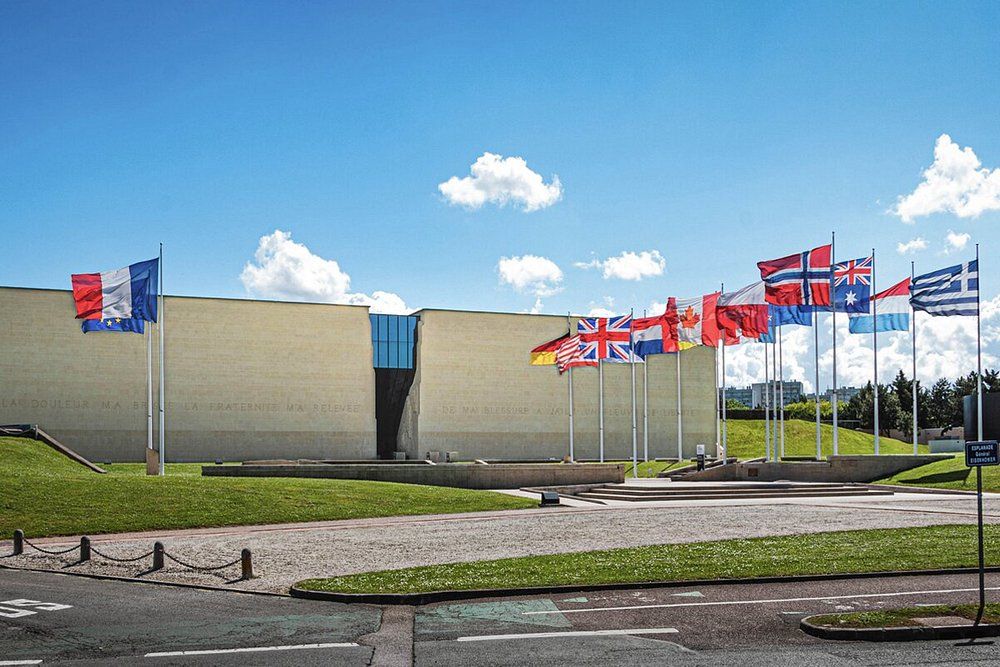
For a broader understanding of civilian experiences, visit the Memorial de Caen. This larger museum covers not just D-Day but the entire war and its aftermath.
The Overlord Museum near Omaha Beach displays an impressive collection of military vehicles and equipment used during the Battle of Normandy.
When planning your visit, consider purchasing a museum pass if you intend to see multiple sites. Most museums offer audio guides in English and other languages.
Visitor Information and Planning Your Trip
Colleville-sur-Mer welcomes over a million visitors annually who come to honor the fallen and learn about D-Day history. Planning your visit carefully ensures you can fully experience both the American Cemetery and the surrounding historical sites.
Stay steps from Omaha Beach and historic landmarks. Best rates on local accommodations.
Visitor Center and Guided Tours
The Normandy American Cemetery Visitor Center provides essential context before you explore the grounds. Open daily from 9 AM to 5 PM (closed only on December 25 and January 1), the center offers free admission. Interactive exhibits explain the Normandy Campaign and personal stories of those who served.
Check all available accommodations in Colleville-sur-Mer.
Guided tours are available in English throughout the day. These 45-minute tours provide historical insights that signs alone can’t convey. Reserve your spot at the information desk upon arrival, especially during summer when tours fill quickly.
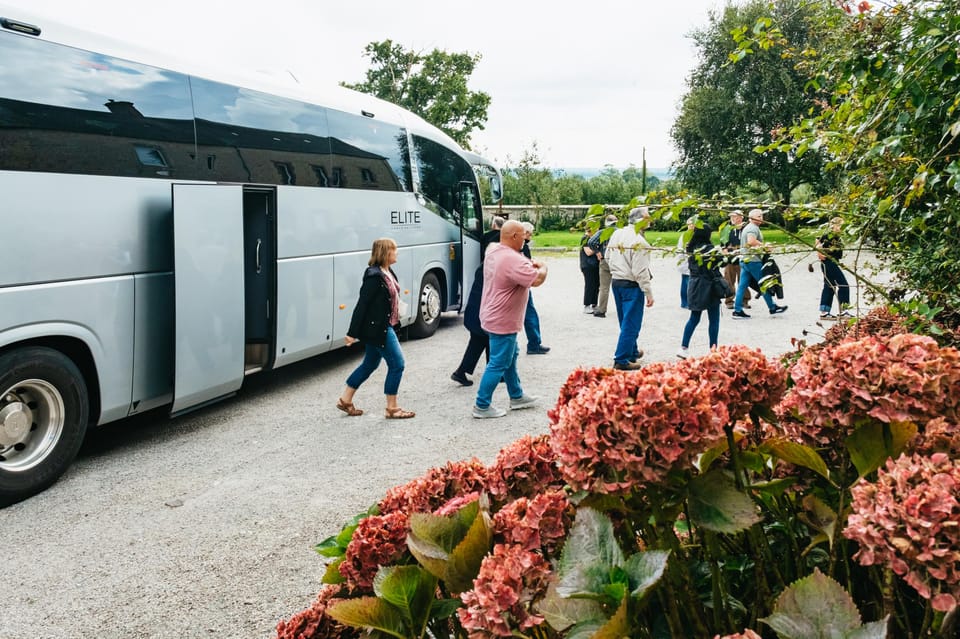
The Overlord Museum, located 500 meters from the cemetery, houses an impressive collection of vehicles and artifacts from the invasion. Purchase a combination ticket if you plan to visit both sites.
Recommended D-Day Tours:
- American D-Day Sites in Normandy Full-Day Tour
- American D-Day Sites in Normandy Half-Day Tour
- Half-Day Normandy WWII Sidecar Tour
- Full-Day US Battlefields of Normandy Tour
Getting to Colleville-sur-Mer
Colleville-sur-Mer is located on the Normandy coast, approximately 240 km west of Paris. If driving from Paris, take A13 toward Caen, then N13 to Bayeux, followed by D6 to Colleville-sur-Mer. The journey takes about 3 hours.
Public transportation options include:
- Train from Paris to Bayeux (2.5 hours)
- Bus or taxi from Bayeux to Colleville-sur-Mer (20 minutes)
Many visitors opt for organized day tours from Paris, Bayeux, or Caen. These typically include transportation and a guide, eliminating navigation concerns.
Parking at the cemetery is free but fills quickly during peak season (June-August). Arrive before 10 AM to secure a spot.
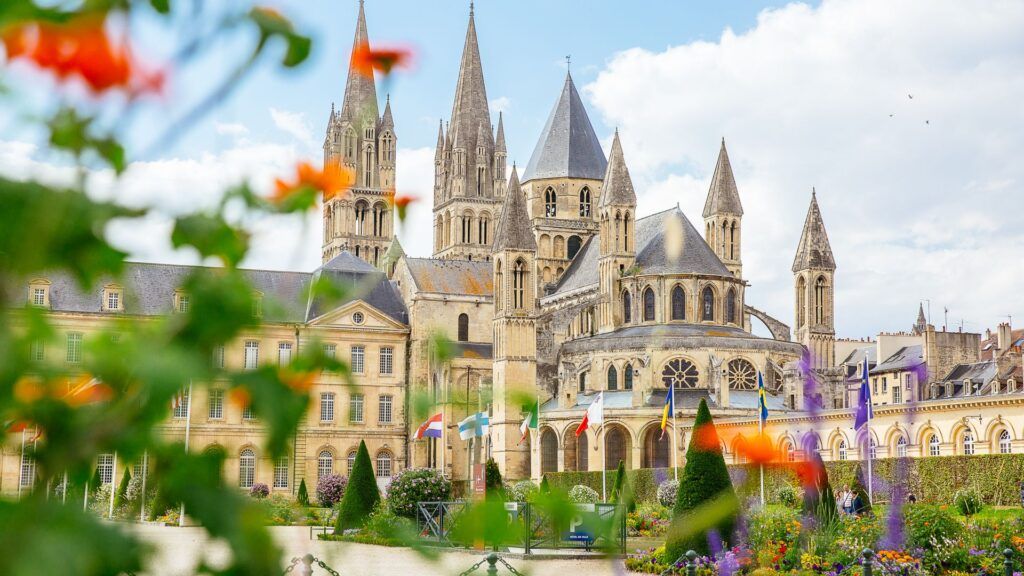
Accommodation and Dining Options
While Colleville-sur-Mer itself offers limited accommodations, nearby towns provide excellent options. Bayeux (20 km away) serves as an ideal base with its range of hotels and B&Bs for all budgets.
Recommended stays near Colleville-sur-Mer:
- Hôtel du Casino (Port-en-Bessin, 8 km)
- Château de Sully (5 km)
- Le Mulberry (Arromanches, 15 km)
For meals, try La Sapinière near the cemetery entrance for quick lunches. The restaurant offers sandwiches, salads, and traditional Norman dishes. Local cider and calvados (apple brandy) are regional specialties worth sampling.
Pack comfortable walking shoes and a light jacket even in summer, as coastal breezes can be cool. The cemetery grounds involve considerable walking on varied terrain.
Check all available accommodations in Colleville-sur-Mer.
Exploring the Normandy Coast Today
The Normandy coastline offers visitors a blend of historical significance and natural beauty. Beyond the important World War II sites, this region provides stunning landscapes and recreational opportunities for travelers of all interests.
Beaches and Coastal Landscapes
The beaches of Normandy stretch over 70 kilometers from Sainte-Marie-du-Mont to Ouistreham, including the historic Colleville-sur-Mer area. Today, these once-battleground beaches are peaceful places with golden sands and dramatic cliffs.
You’ll find distinct beach exits marked along the coast, helping you understand the exact locations where Allied forces landed during D-Day. Each exit has its own character and historical markers.
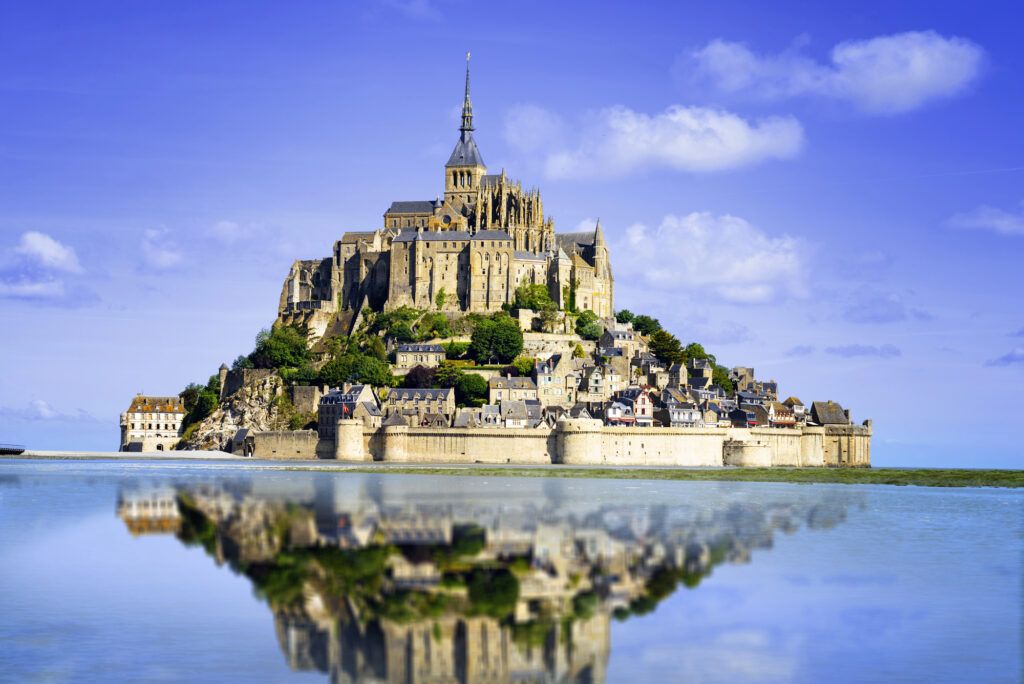
The coastline features a mix of sandy stretches and rocky areas. During low tide, you can walk far out on some beaches, revealing tidal pools and remnants of WW2 structures.
Calvados, the region containing many of these beaches, is known for its stunning coastal viewpoints. The cliffs offer panoramic views of the English Channel that are worth the climb.
Activities and Outdoor Recreation
Beyond historical exploration, the Normandy coast offers many recreational options. Walking paths connect many coastal towns, making it easy to explore on foot while enjoying sea views.
Water activities are popular during summer months. You can try sailing, kayaking, or paddleboarding at various rental locations along the coast. Guided boat tours provide another perspective of the historic landing areas.
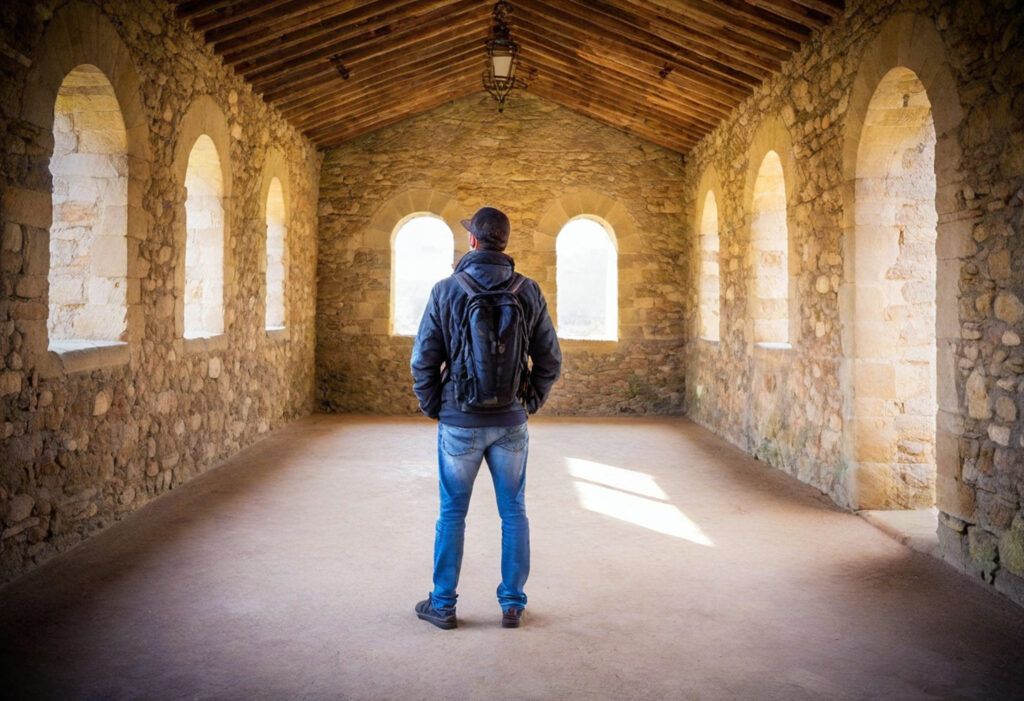
Cycling is an excellent way to cover more ground. Bike rentals are available in most coastal towns, and dedicated paths make navigation simple.
Birdwatching opportunities abound in coastal wetland areas. Bring binoculars to spot various seabirds and migratory species throughout the year.
For food enthusiasts, coastal restaurants serve fresh seafood caught daily. Try local specialties like Normandy mussels or fresh oysters while enjoying views of the same beaches that changed world history.
Find the perfect base for exploring Utah Beach, Pointe du Hoc, and beyond.
Regional Towns and Additional Historic Sites
Normandy offers several important towns near Colleville-sur-Mer that combine World War II history with medieval heritage. These locations provide visitors with a broader understanding of the region beyond the D-Day beaches.
Bayeux and the Bayeux Tapestry
Bayeux holds the distinction of being the first major town liberated after D-Day, on June 7, 1944. This charming medieval city emerged almost completely undamaged from the war.
The city’s crown jewel is the famous Bayeux Tapestry, a remarkable 230-foot embroidered cloth depicting William the Conqueror’s invasion of England in 1066. The tapestry is housed in a dedicated museum with excellent audio guides in multiple languages.
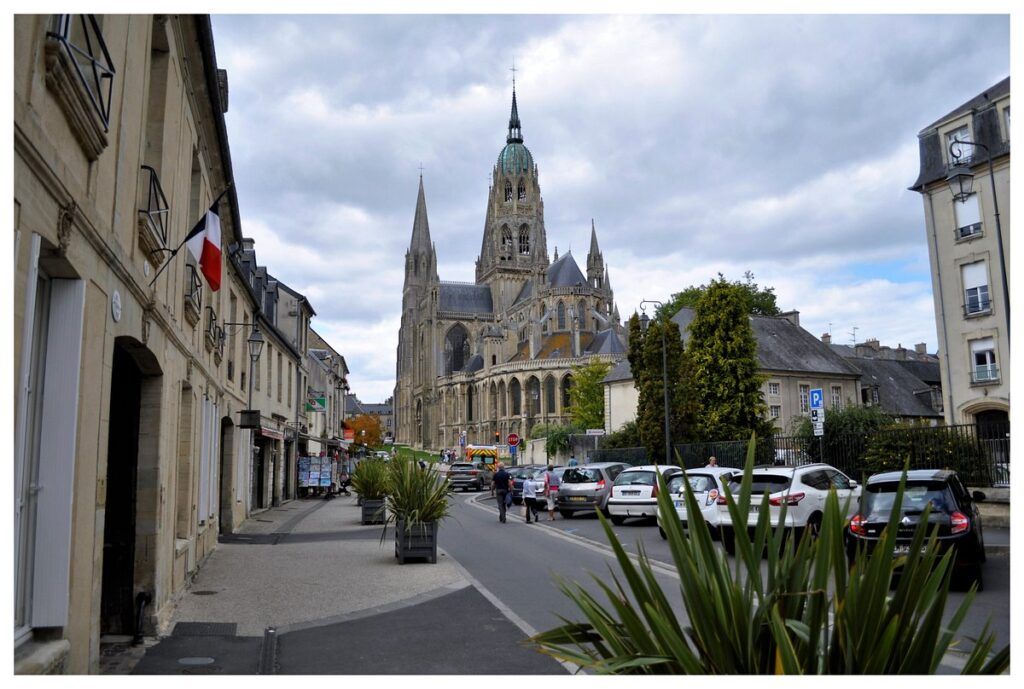
Bayeux also hosts the Museum of the Battle of Normandy with extensive exhibits on the D-Day operations. The town’s Gothic cathedral, Notre-Dame de Bayeux, offers impressive architecture dating to the 13th century.
Many D-Day tours use Bayeux as a base due to its central location and excellent transportation options.
Caen and Caen Castle
Caen suffered heavy bombing during the Battle of Normandy, with nearly 75% of the city destroyed in summer 1944. Today, it stands as both memorial and vibrant city.
The imposing Caen Castle (Château de Caen), built by William the Conqueror around 1060, survived the war bombings. This massive stone fortress now houses two exceptional museums: the Museum of Normandy and the Museum of Fine Arts.
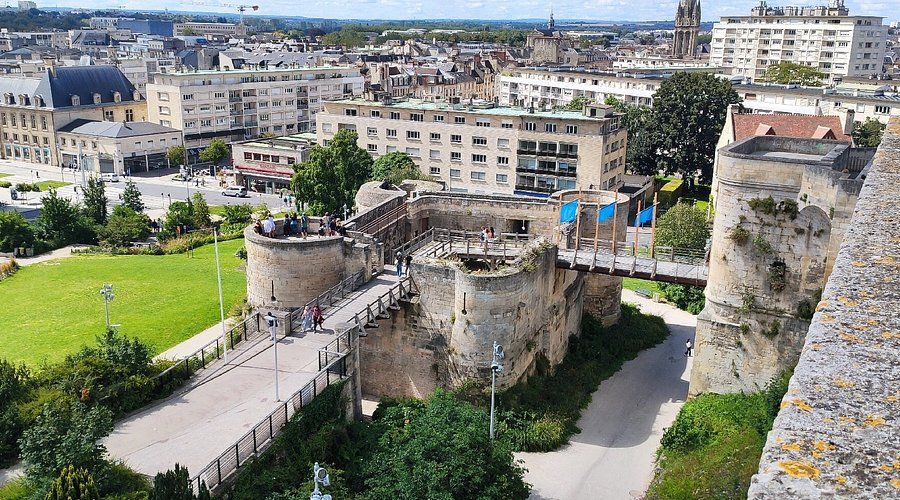
Caen’s most powerful war memorial is the Mémorial de Caen. This modern museum presents comprehensive exhibits on World War II, the D-Day landings, and the Cold War. Plan to spend at least half a day exploring its thoughtful displays.
The rebuilt Abbaye aux Hommes (Men’s Abbey) and Abbaye aux Dames (Women’s Abbey) showcase remarkable religious architecture spanning centuries.
Cherbourg
Cherbourg, situated at the northern tip of the Cotentin Peninsula, was a critical strategic objective for Allied forces after D-Day. The Germans had transformed it into a fortress, and it wasn’t liberated until June 30, 1944.
The city’s natural deep-water harbor made it vital for supplying Allied troops. Today, you can visit the Cité de la Mer, a maritime museum housed in the former transatlantic terminal. The museum includes a decommissioned nuclear submarine open for tours.
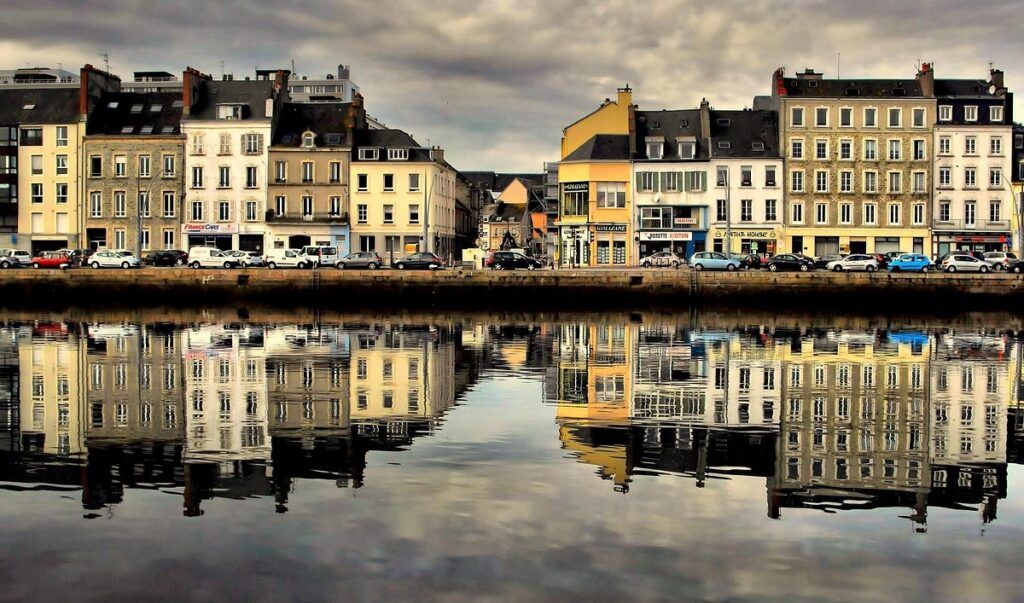
The Liberation Museum (Musée de la Libération) sits atop Fort du Roule overlooking the harbor, offering excellent views and exhibits explaining Cherbourg’s wartime significance.
Cherbourg also features in the opening scenes of “The Longest Day” film and serves as a good starting point for exploring Utah Beach and the airborne landing zones to the south.
Find comfortable stays within moments of historic battlegrounds
Legacy and Commemoration of D-Day
The D-Day landings represent one of the most significant military operations in modern history, with enduring impact on our collective memory. The beaches of Normandy, particularly at Colleville-sur-Mer, have become sacred ground where visitors pay respects to those who fought for freedom.
Annual Ceremonies and Remembrance
Every June 6th, Colleville-sur-Mer hosts major commemoration events at the Normandy American Cemetery. These ceremonies draw thousands of visitors, including world leaders, veterans, and families of the fallen. In 2024, approximately 10,000 people gathered to mark the 80th anniversary of the D-Day landings.
The 81st anniversary in 2025 will continue this tradition of honoring sacrifice while celebrating peace and reconciliation. Events typically include:
- Morning ceremonies with military honors
- Wreath-laying at memorial sites
- Veteran testimonials
- Evening vigils with candles
Local French families often “adopt” graves of American soldiers, placing flowers and maintaining these final resting places as a gesture of ongoing gratitude.
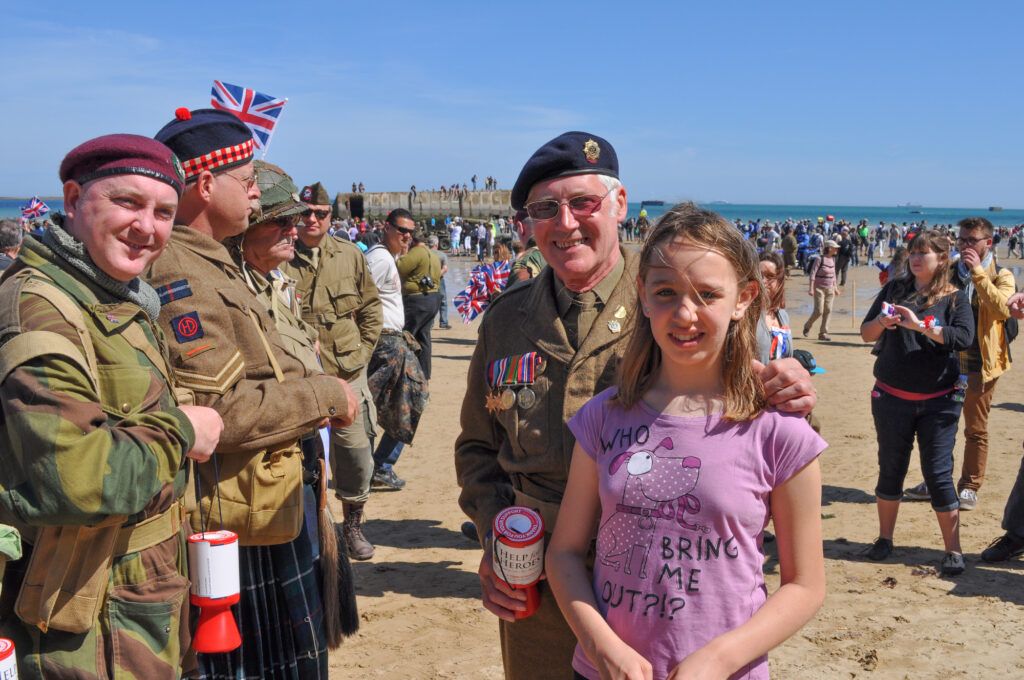
Influence on Popular Culture
D-Day has profoundly shaped how we understand warfare and heroism in popular culture. Films like “Saving Private Ryan” brought the brutal reality of the Normandy landings to audiences worldwide.
The beaches and surrounding areas have appeared in:
- Award-winning films and documentaries
- Bestselling novels and memoirs
- Video games recreating the invasion
- Television series exploring the human stories behind the battle
These cultural touchstones help younger generations connect with history. Museums throughout Normandy use interactive displays and personal artifacts to make the events feel immediate and relevant.
Visiting Colleville-sur-Mer today allows you to walk the same ground where history changed course, creating a powerful bridge between past sacrifice and present freedom.
From beachfront hotels to authentic French countryside stays. No booking fees.

